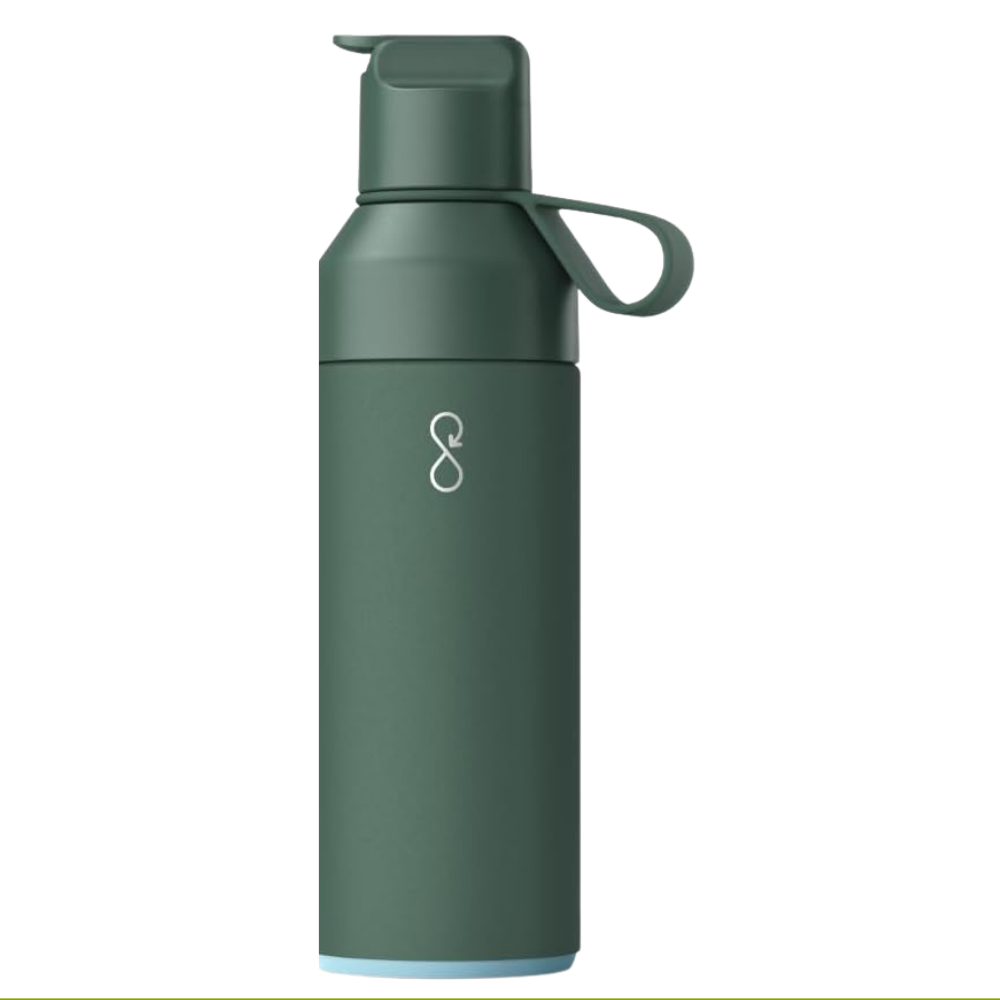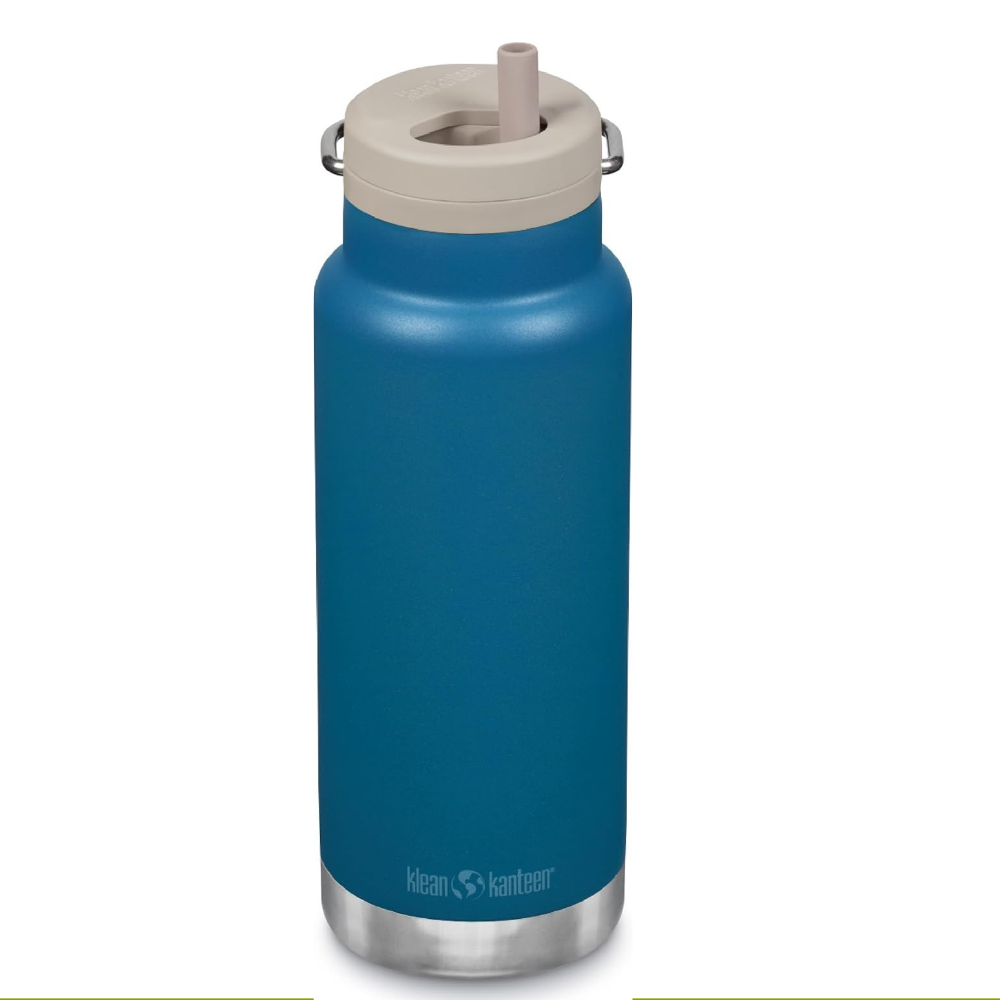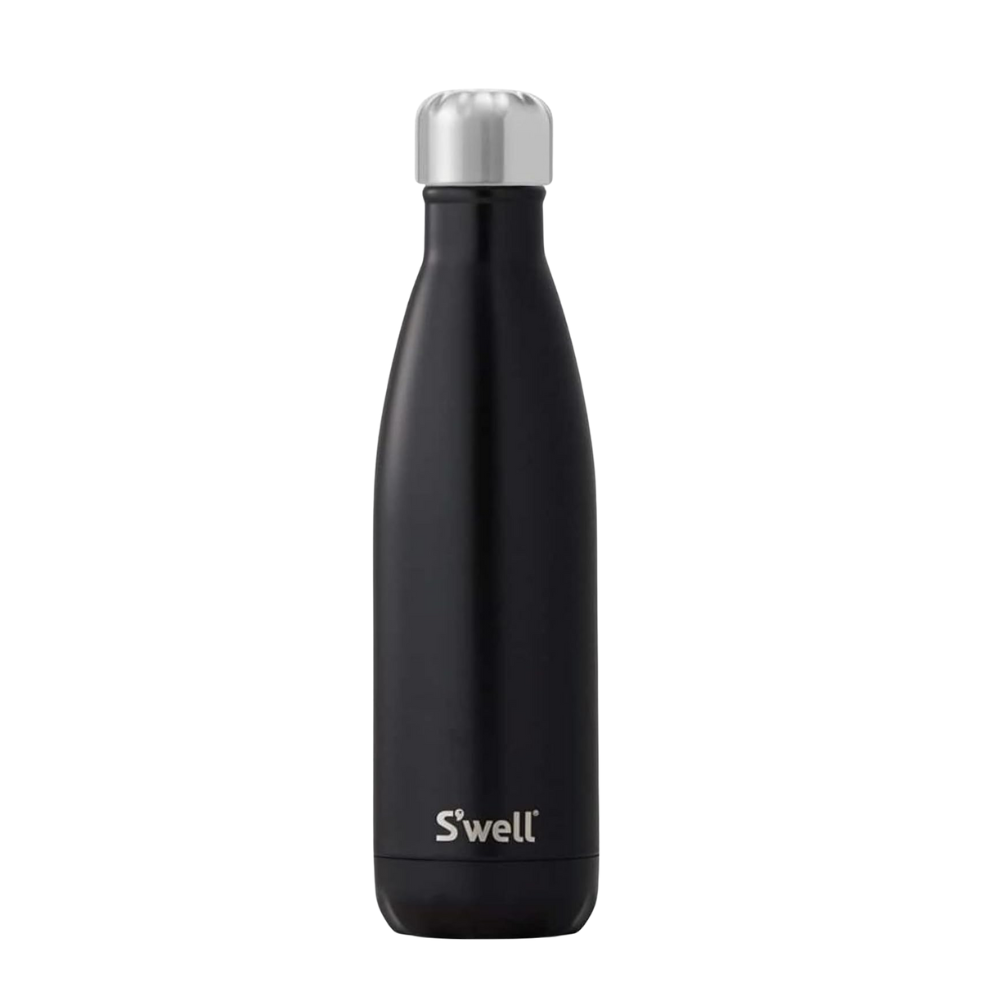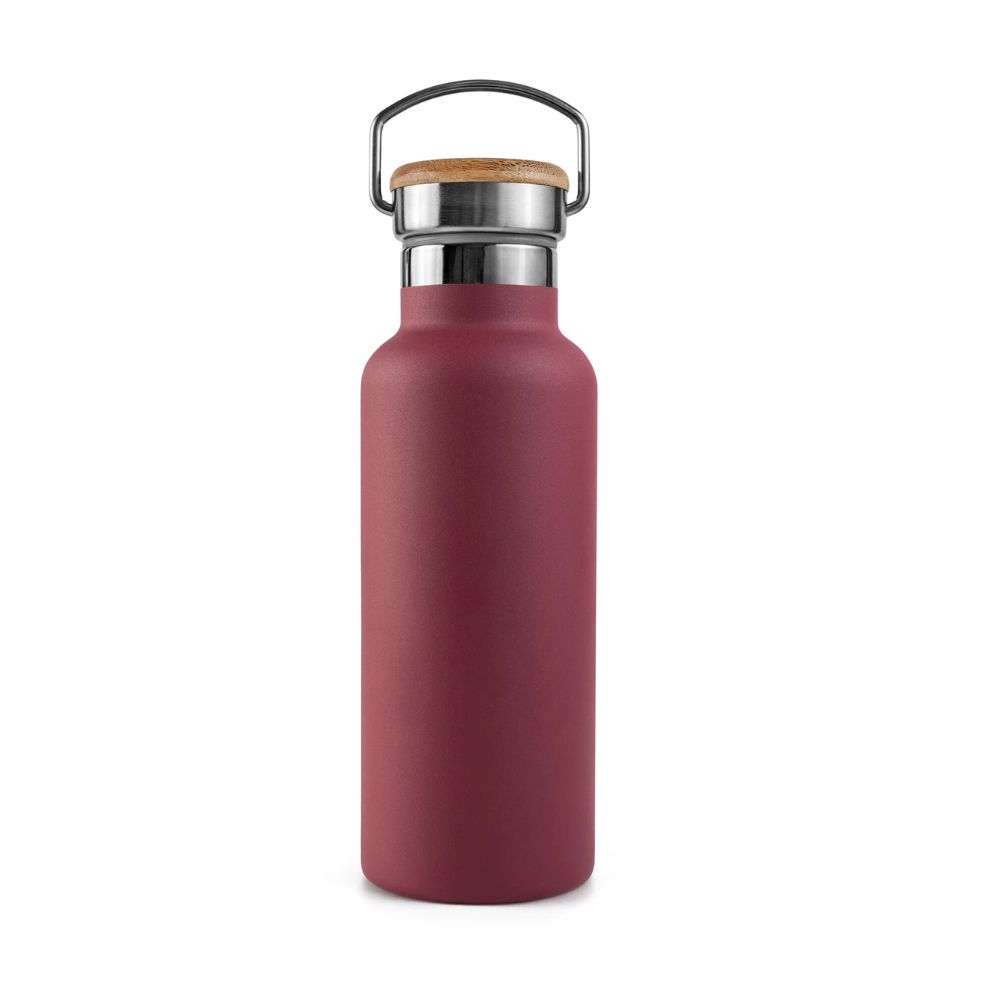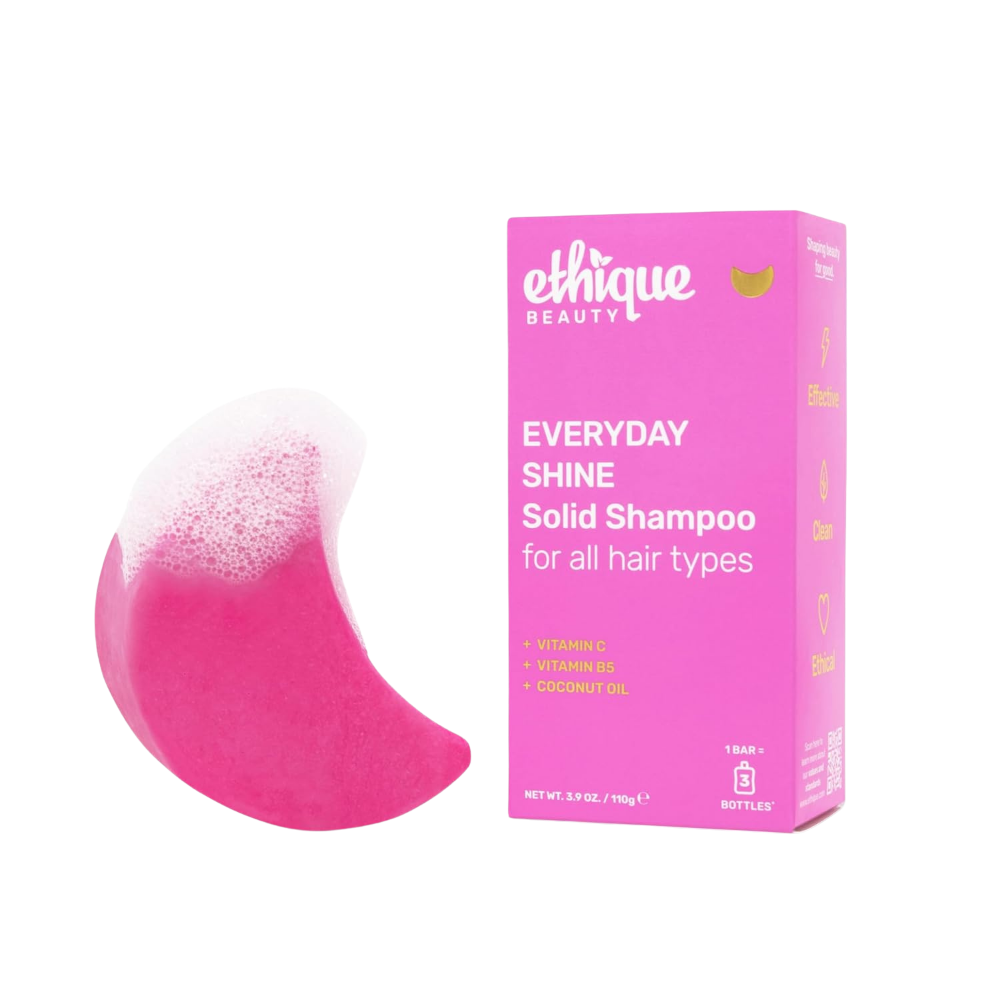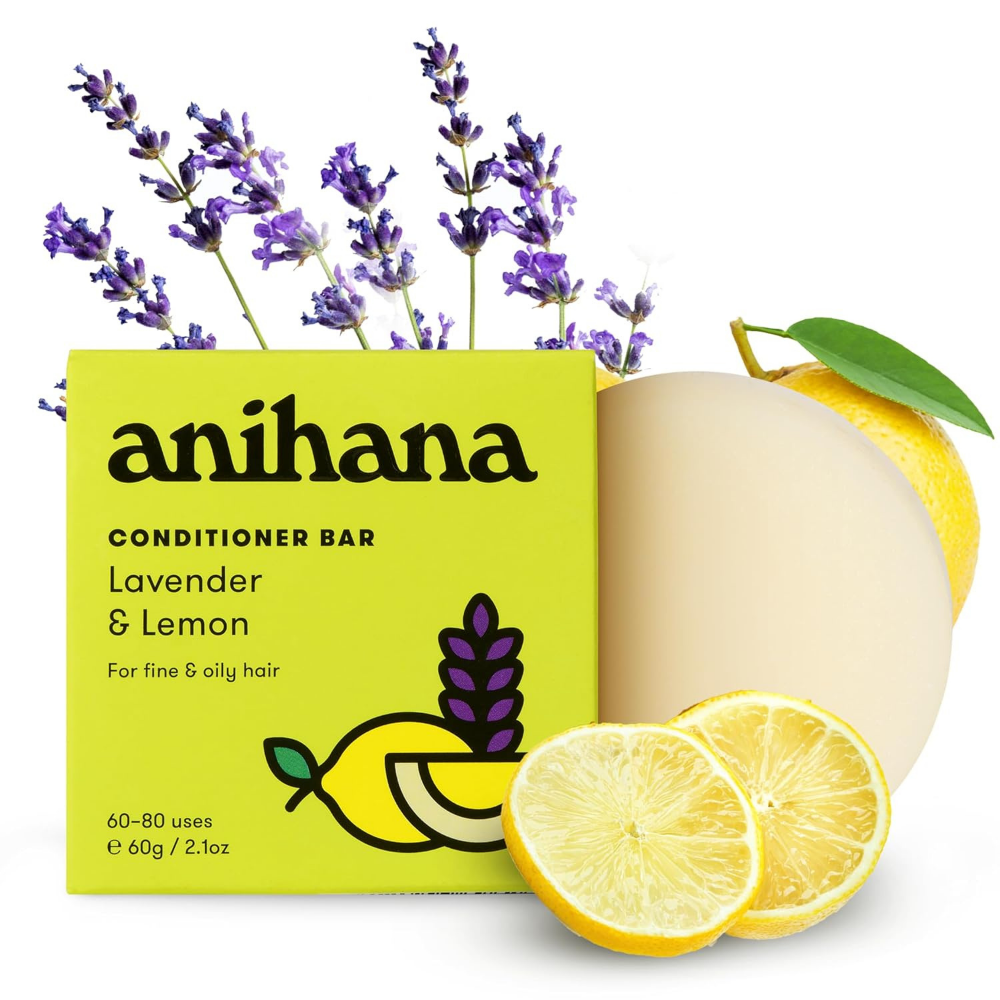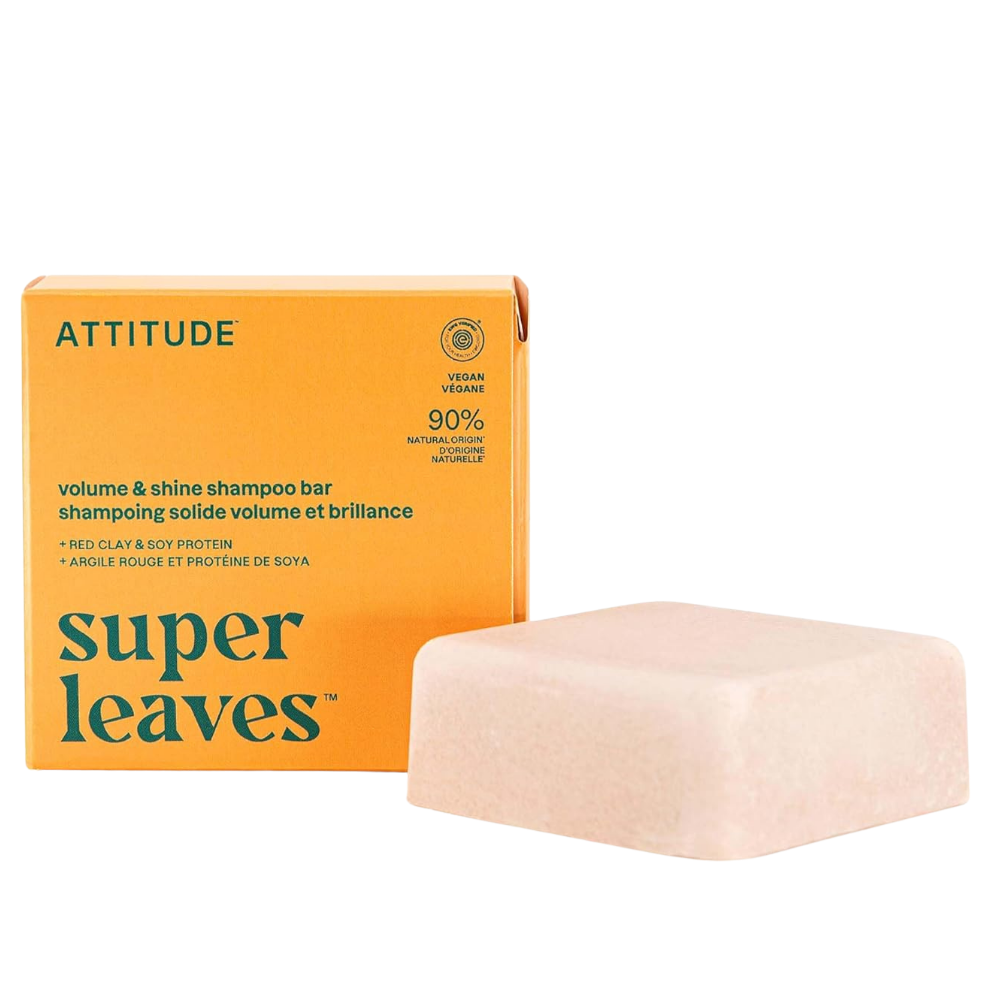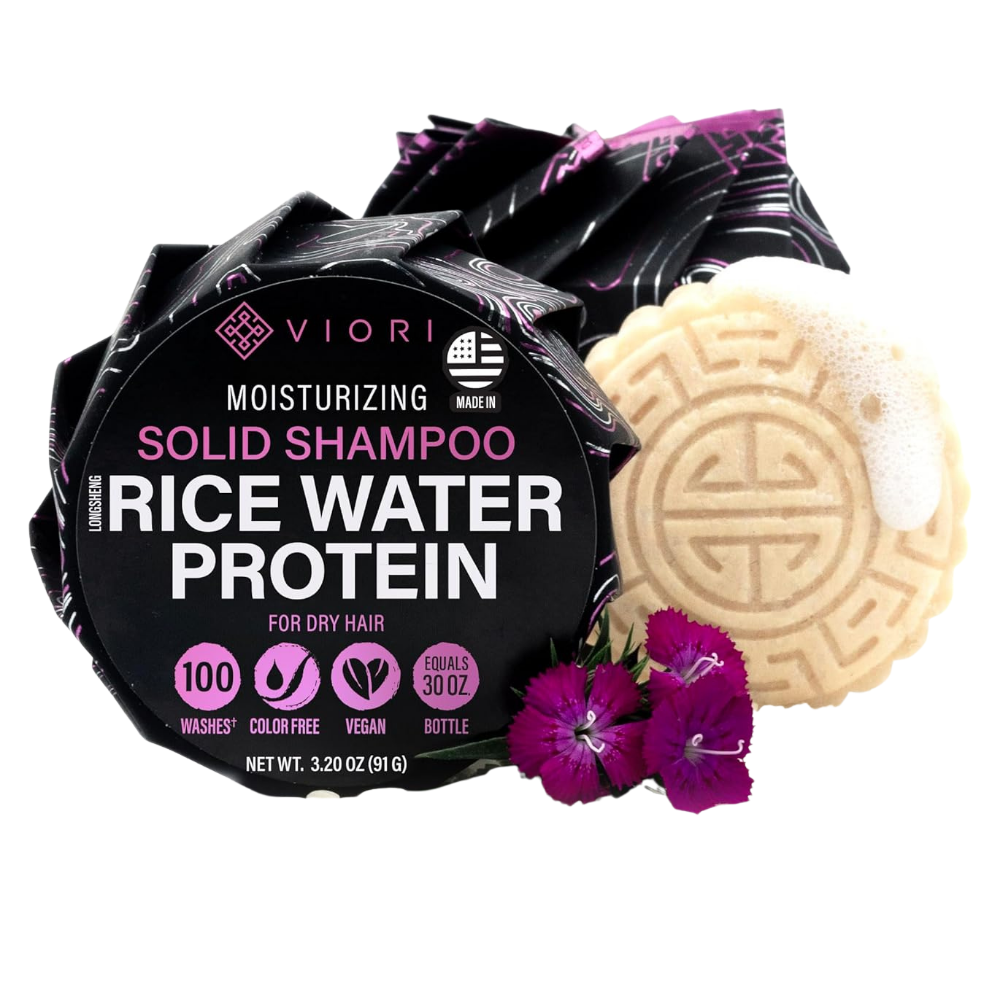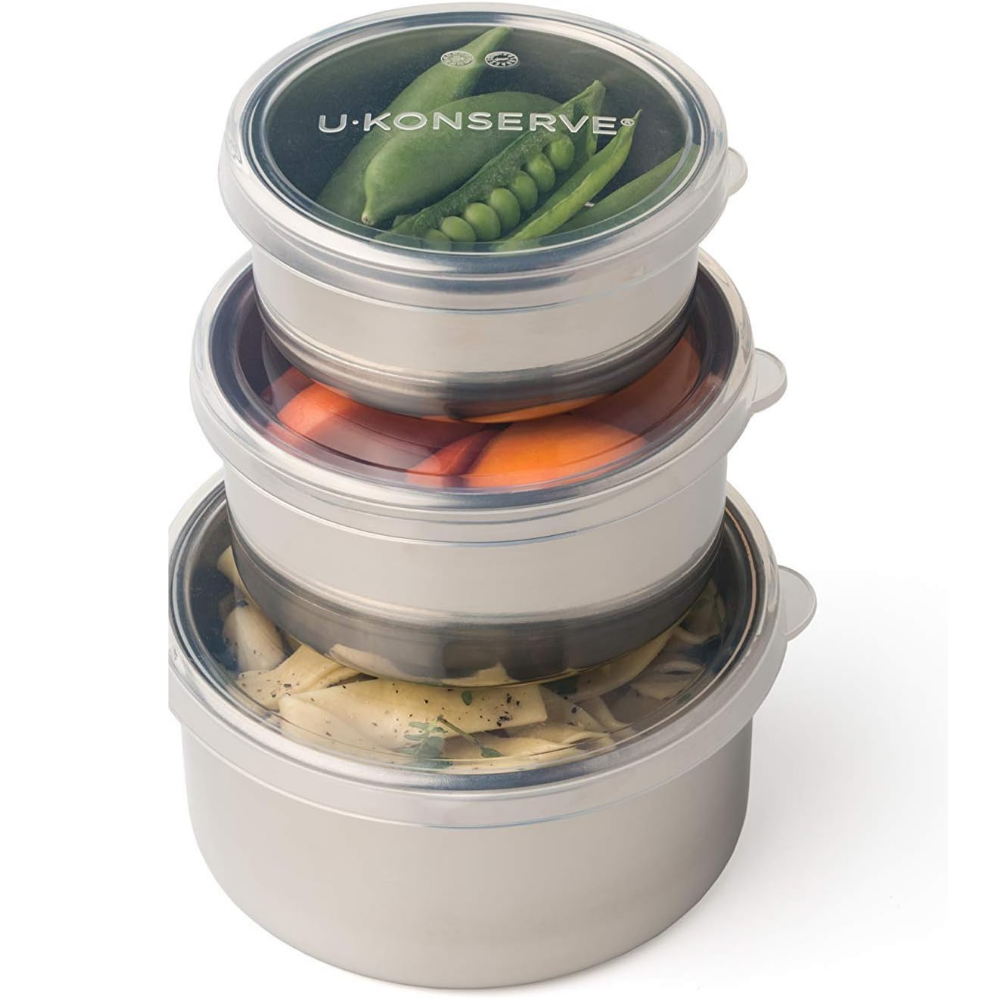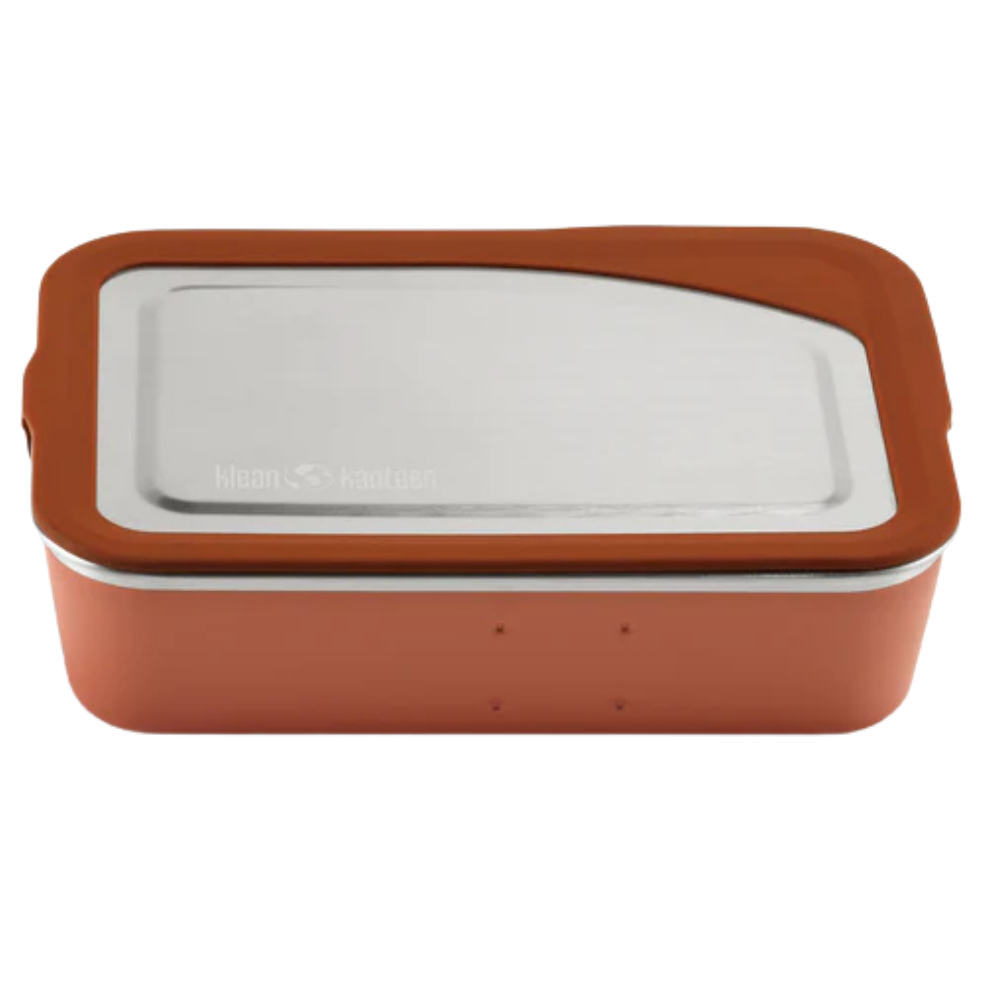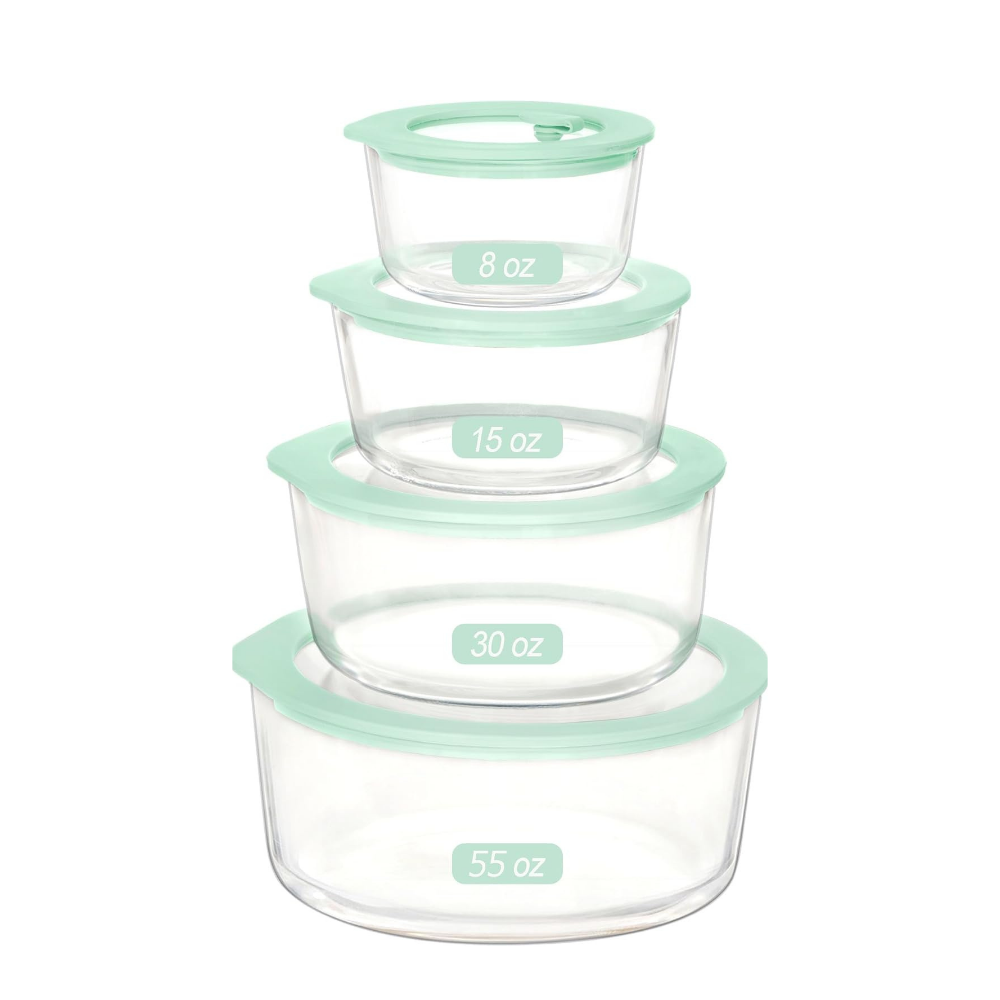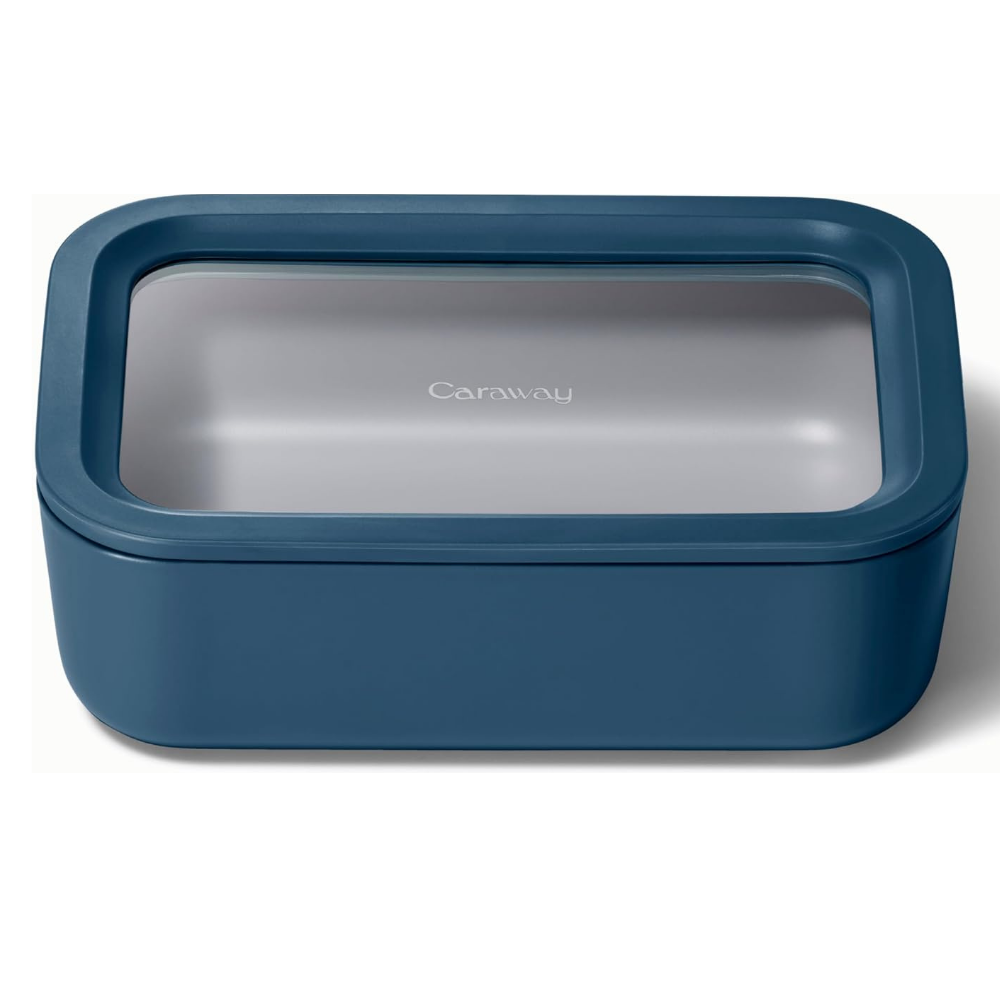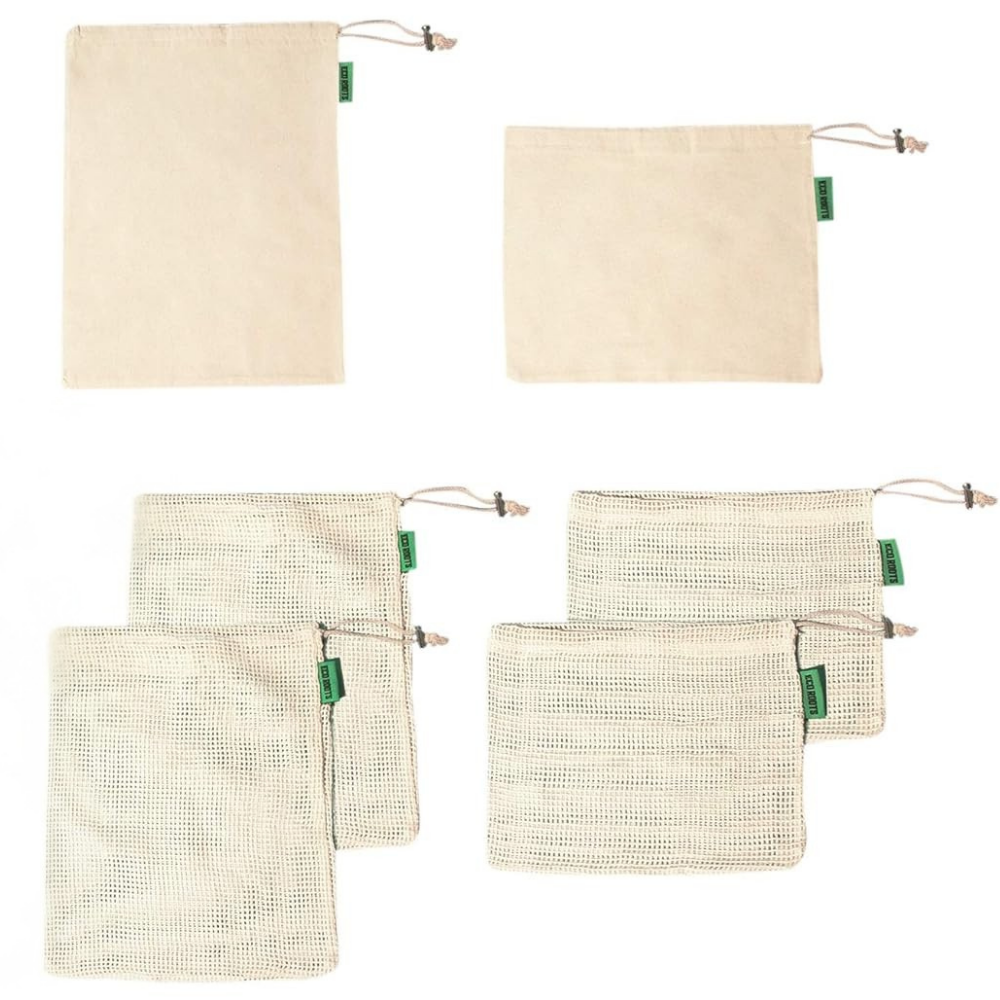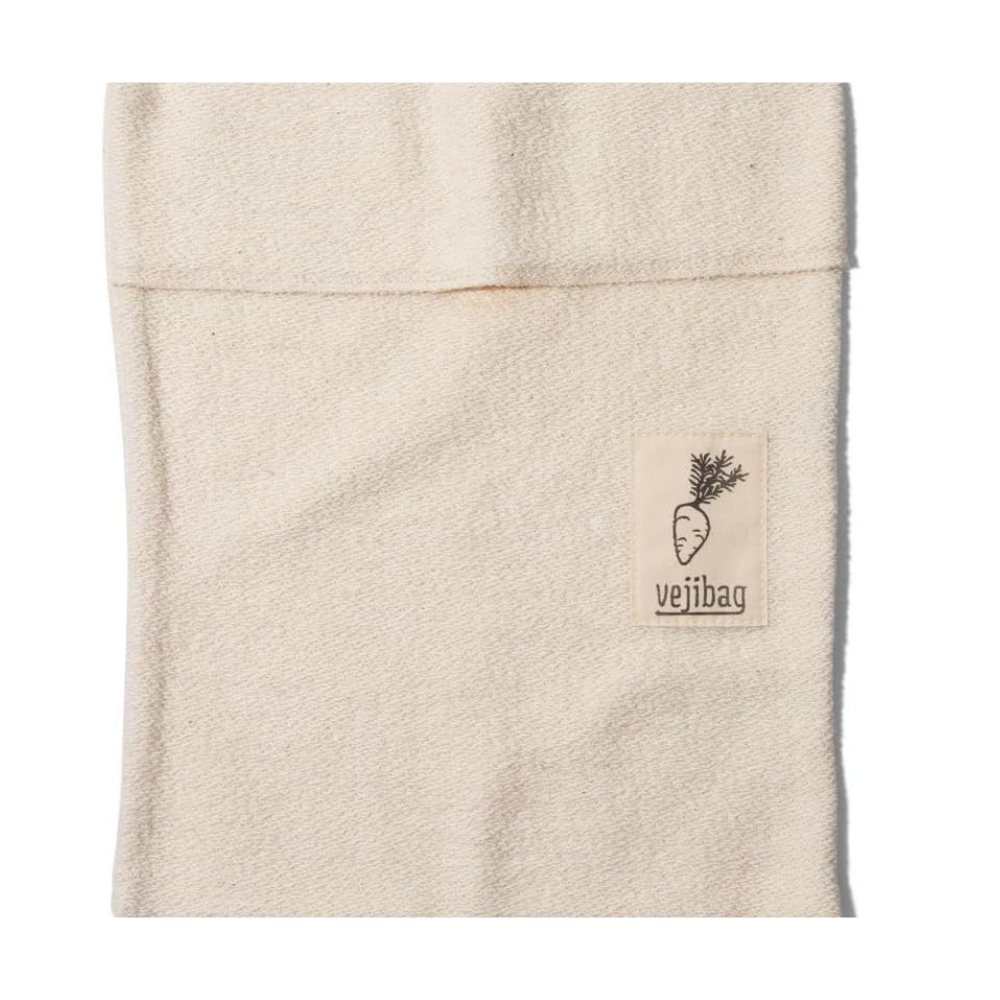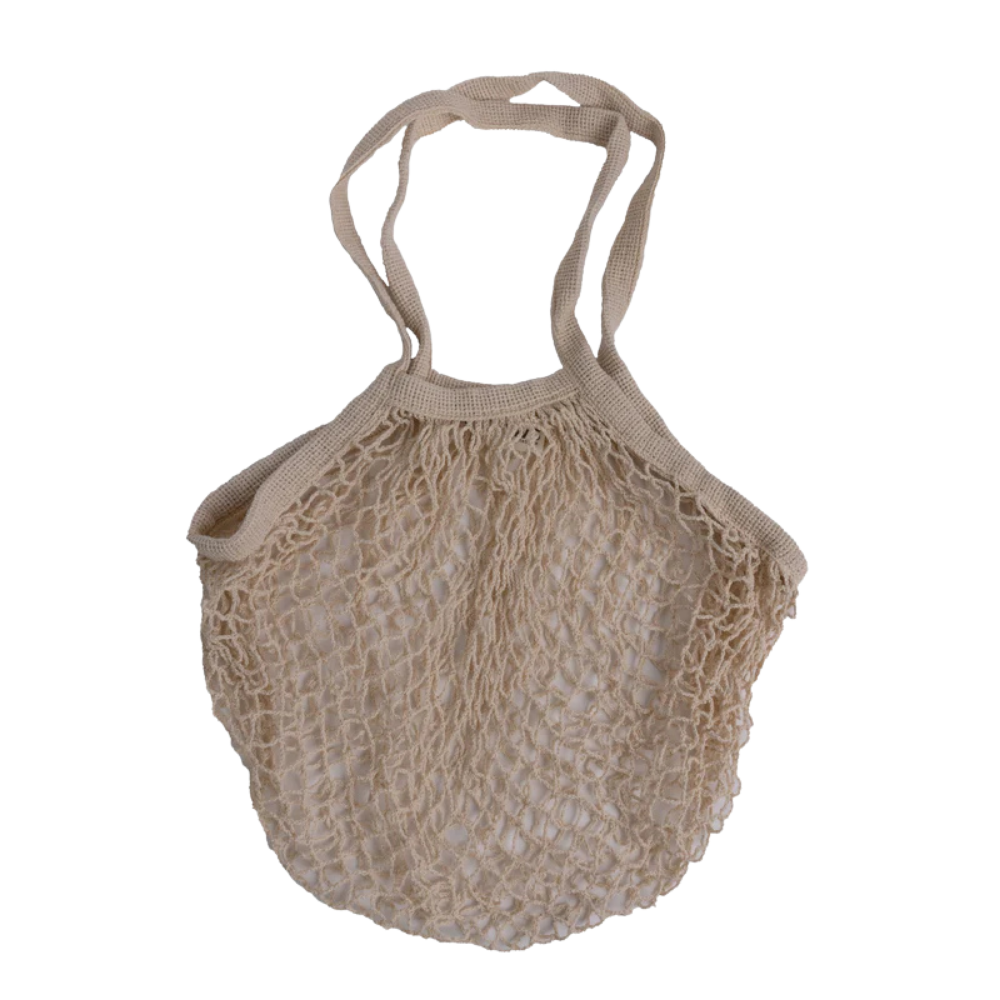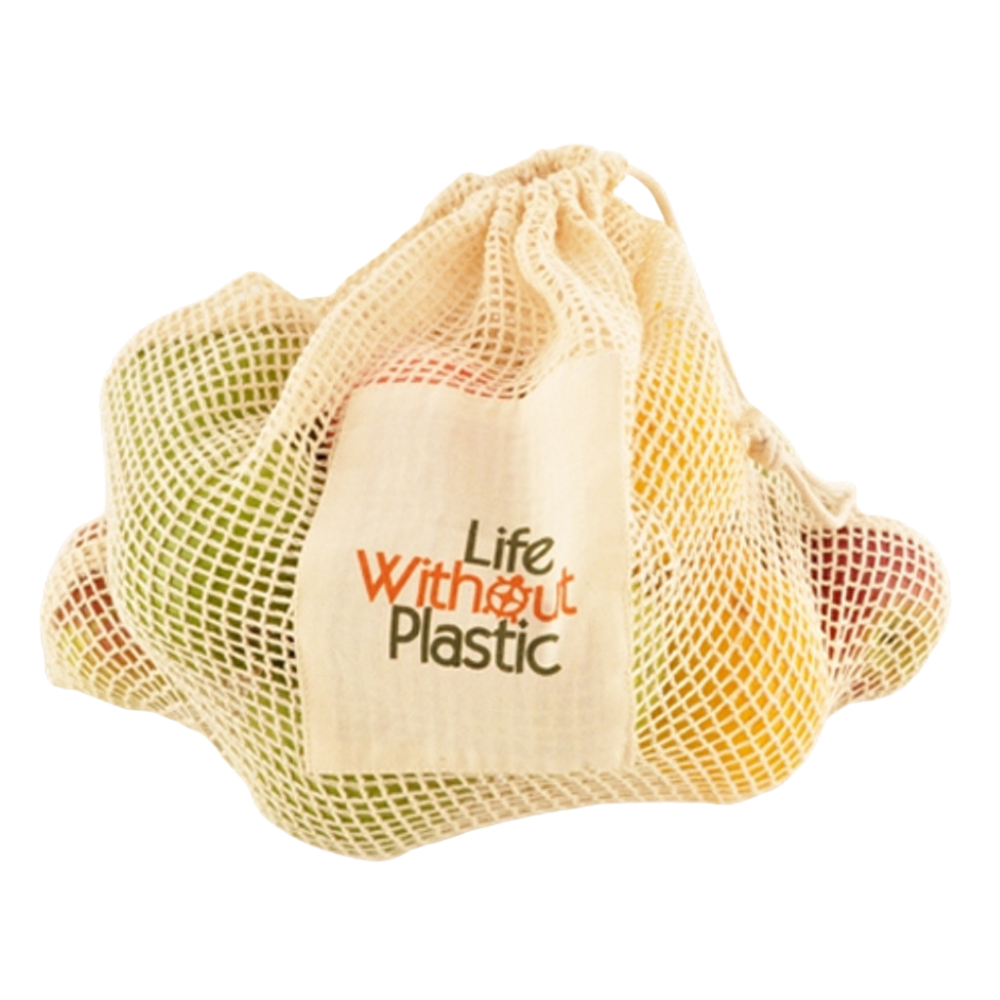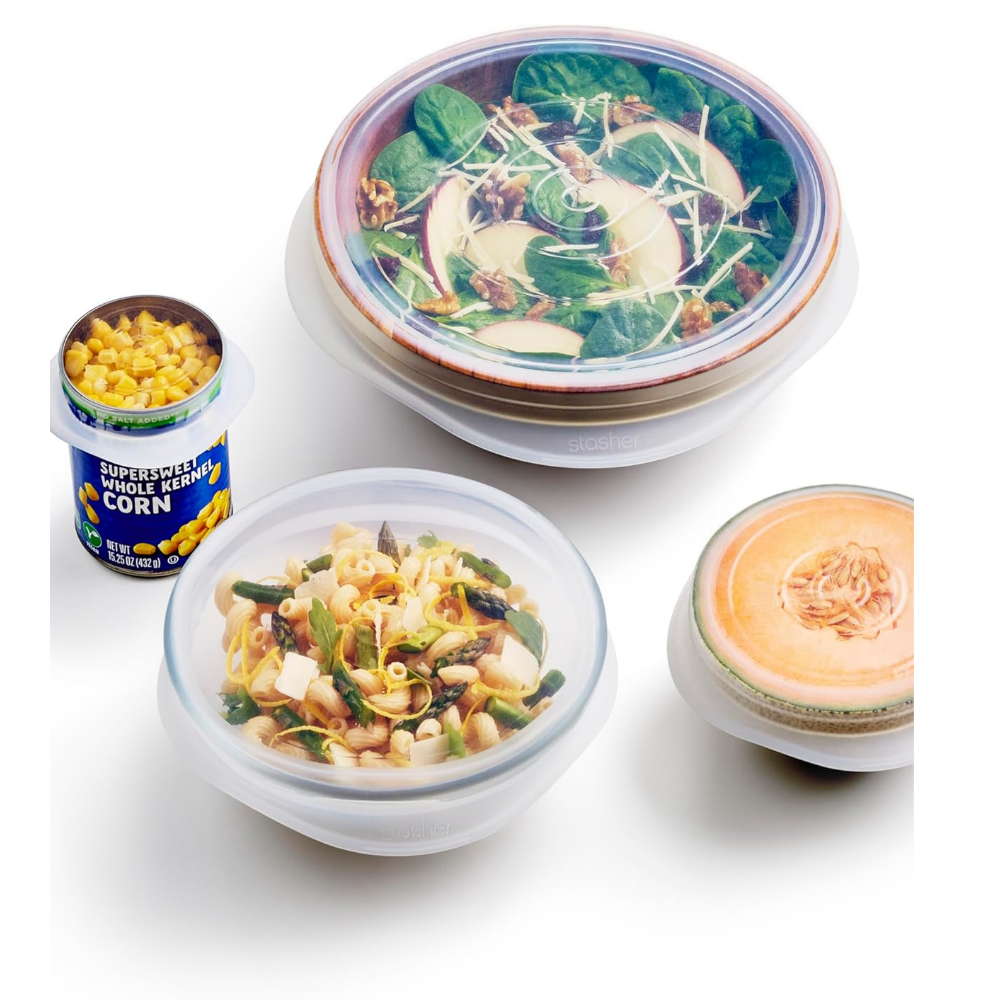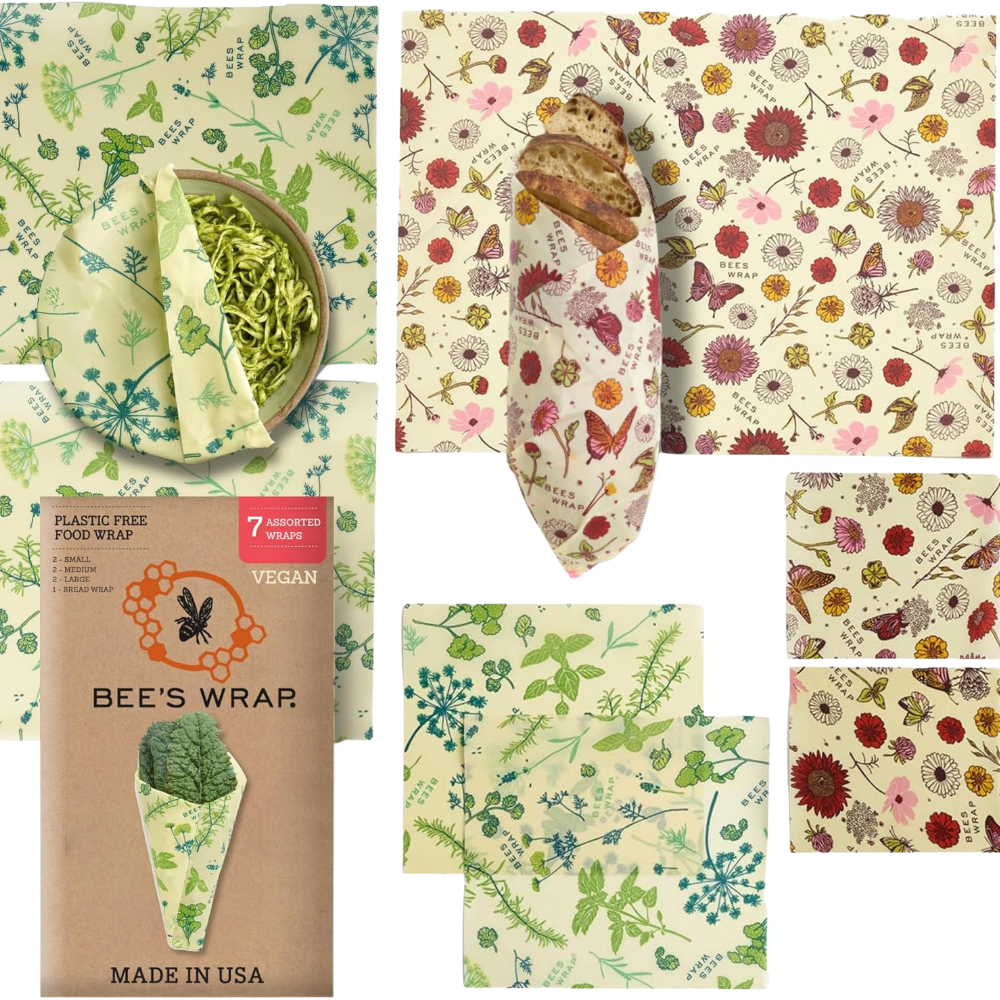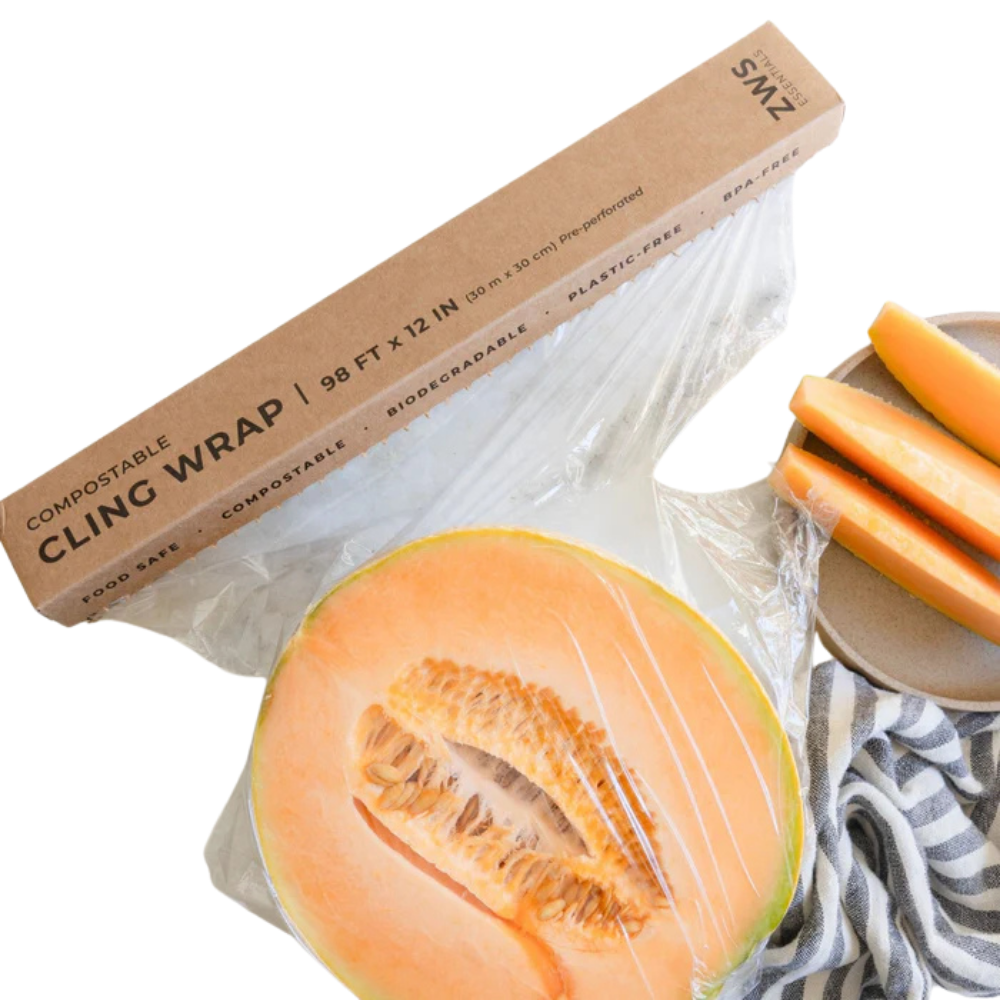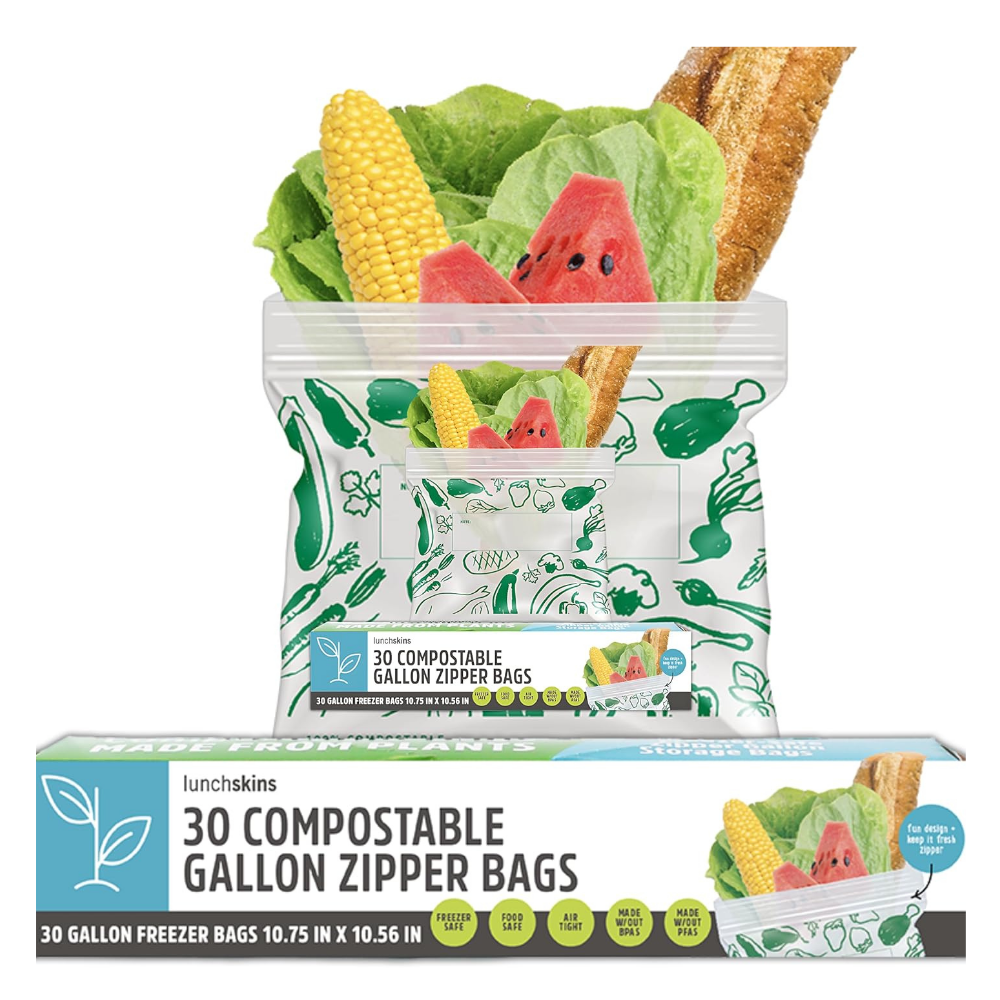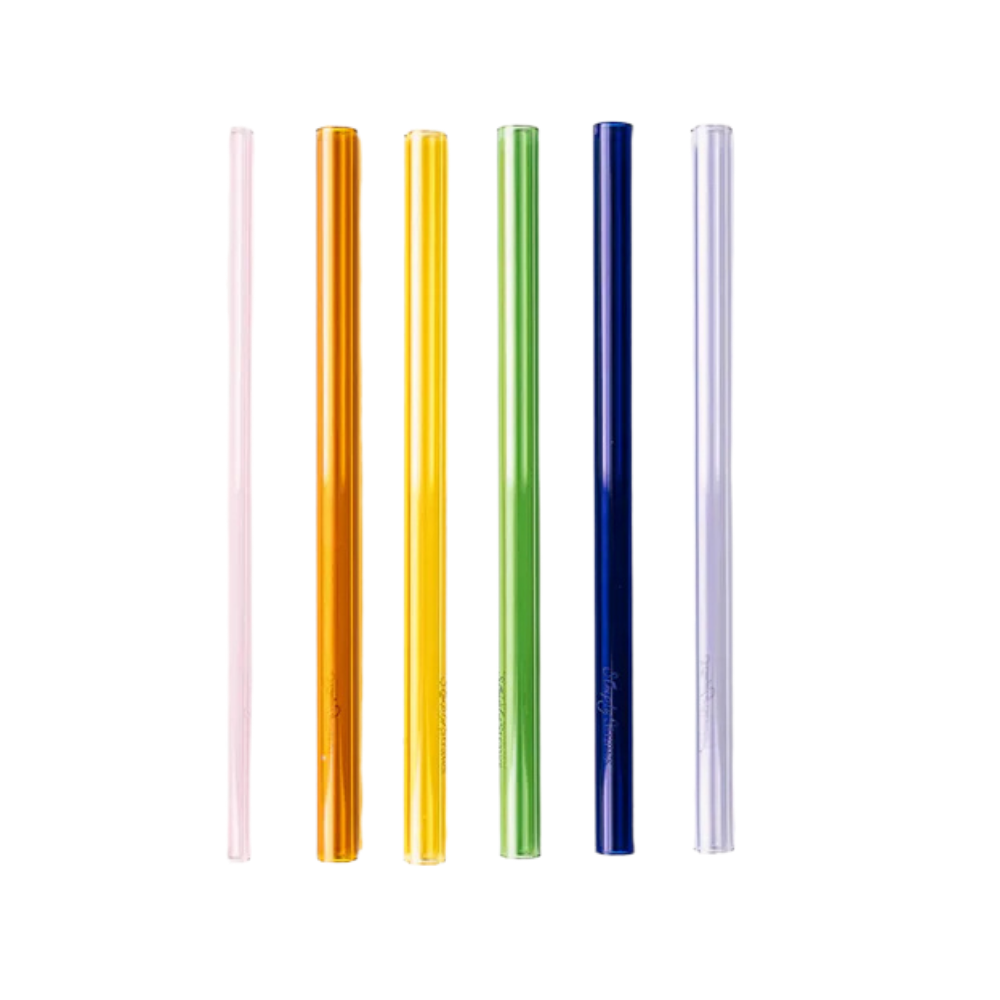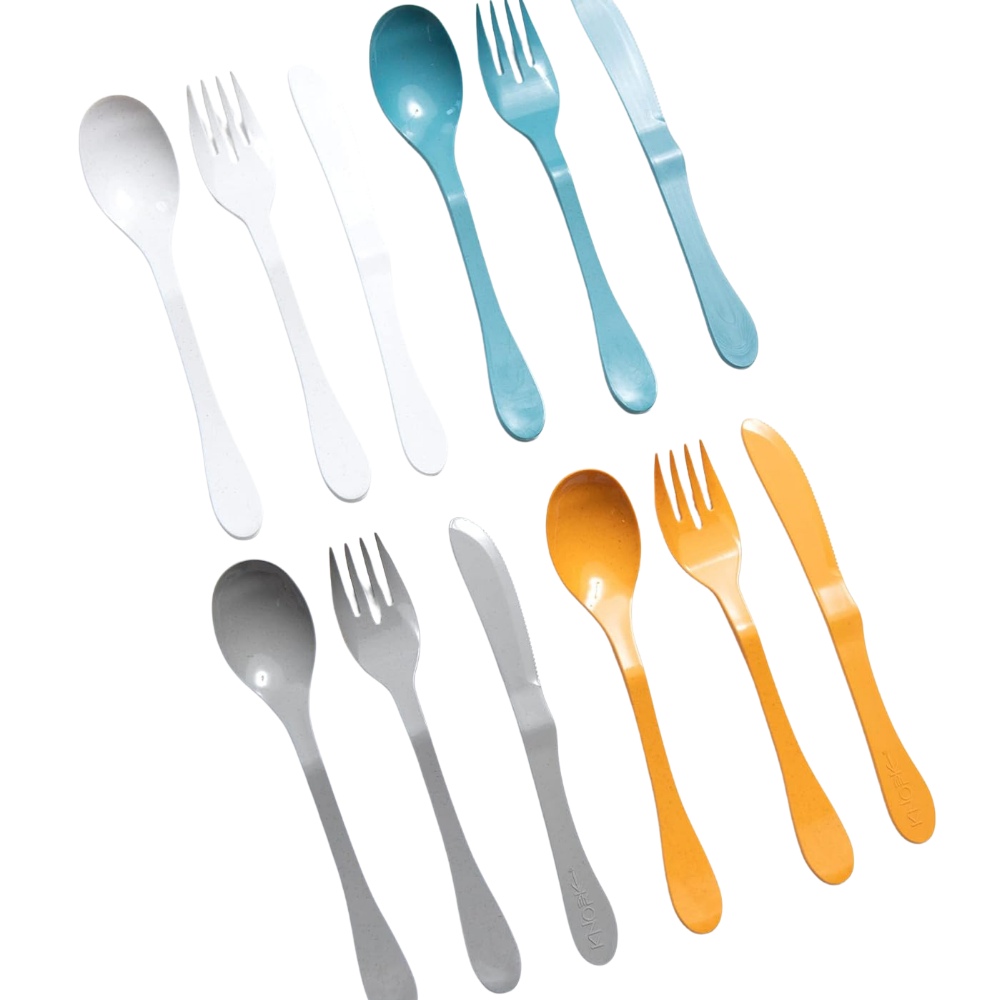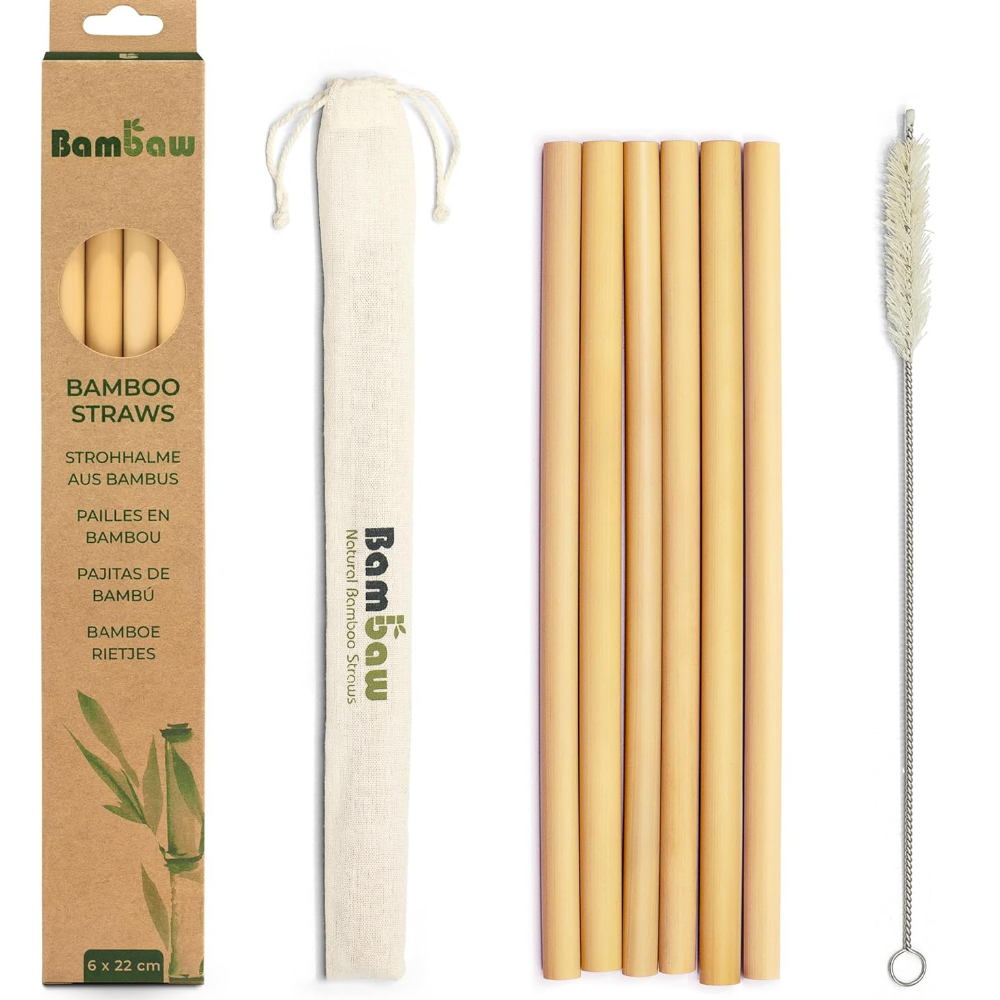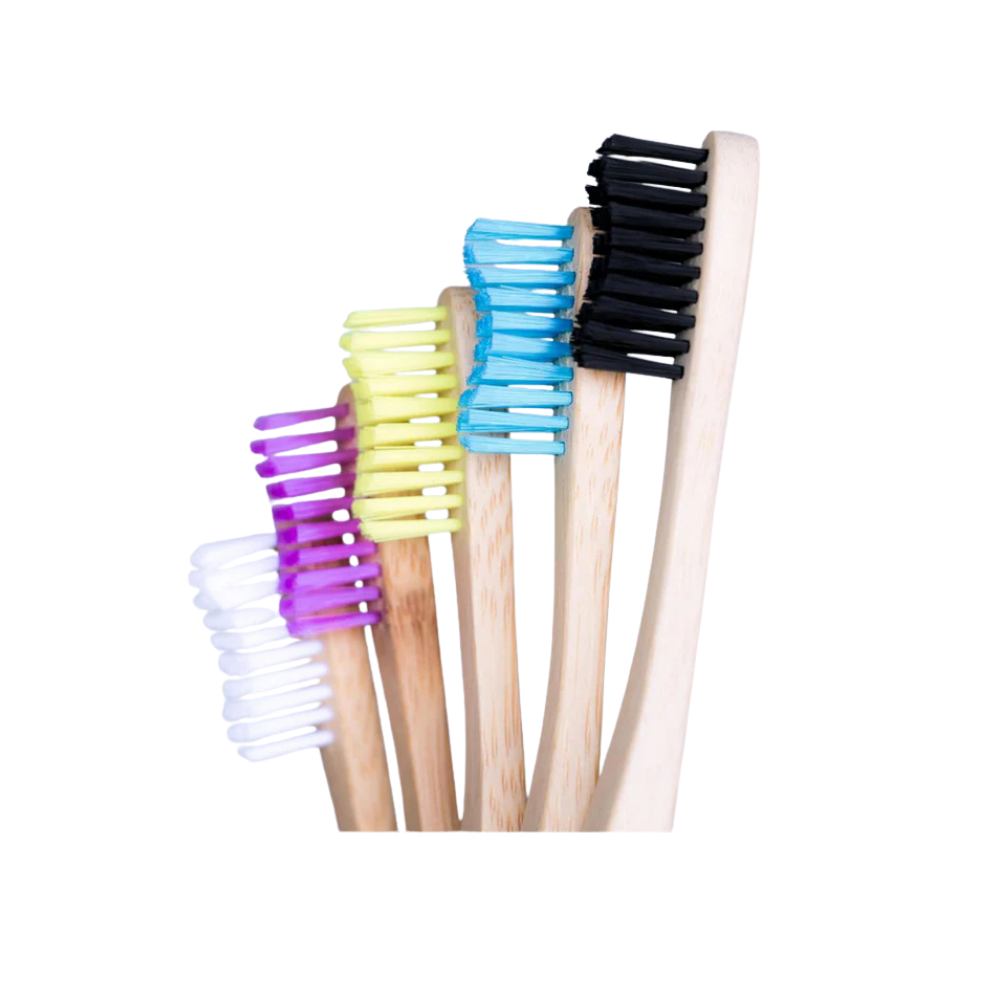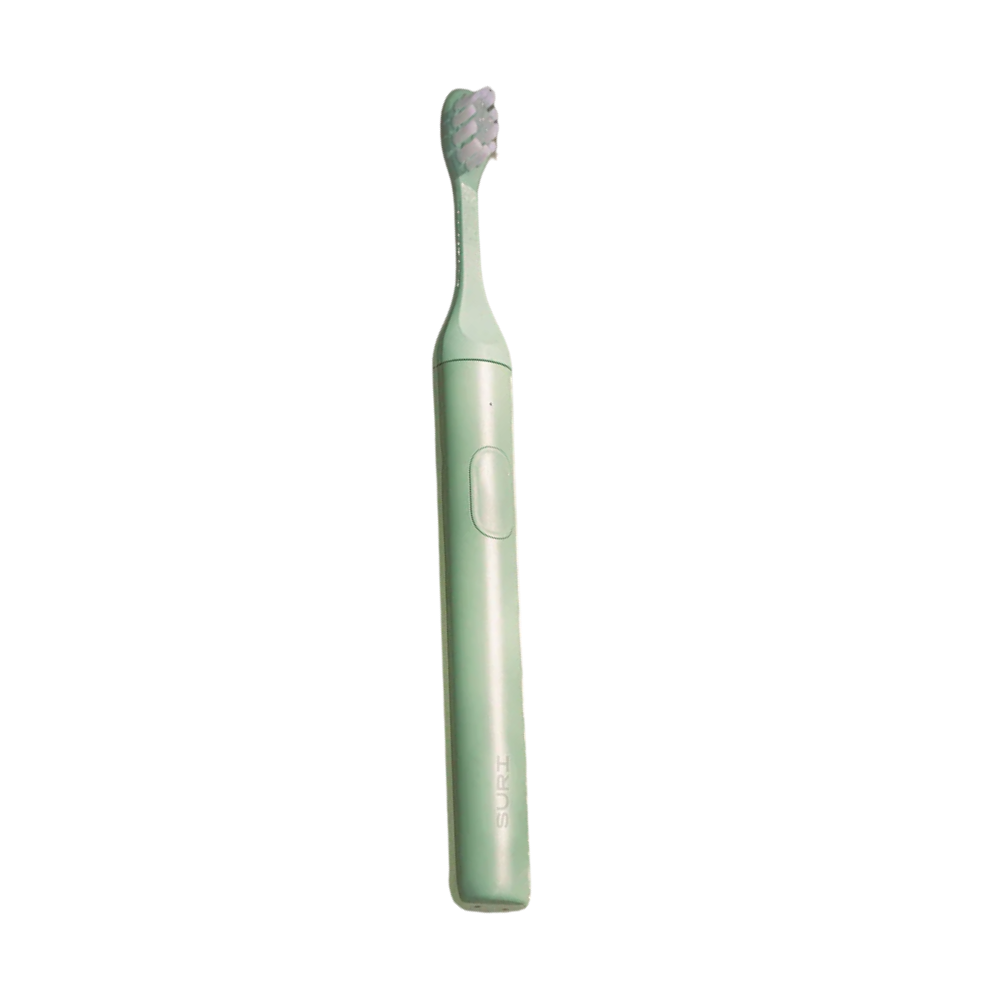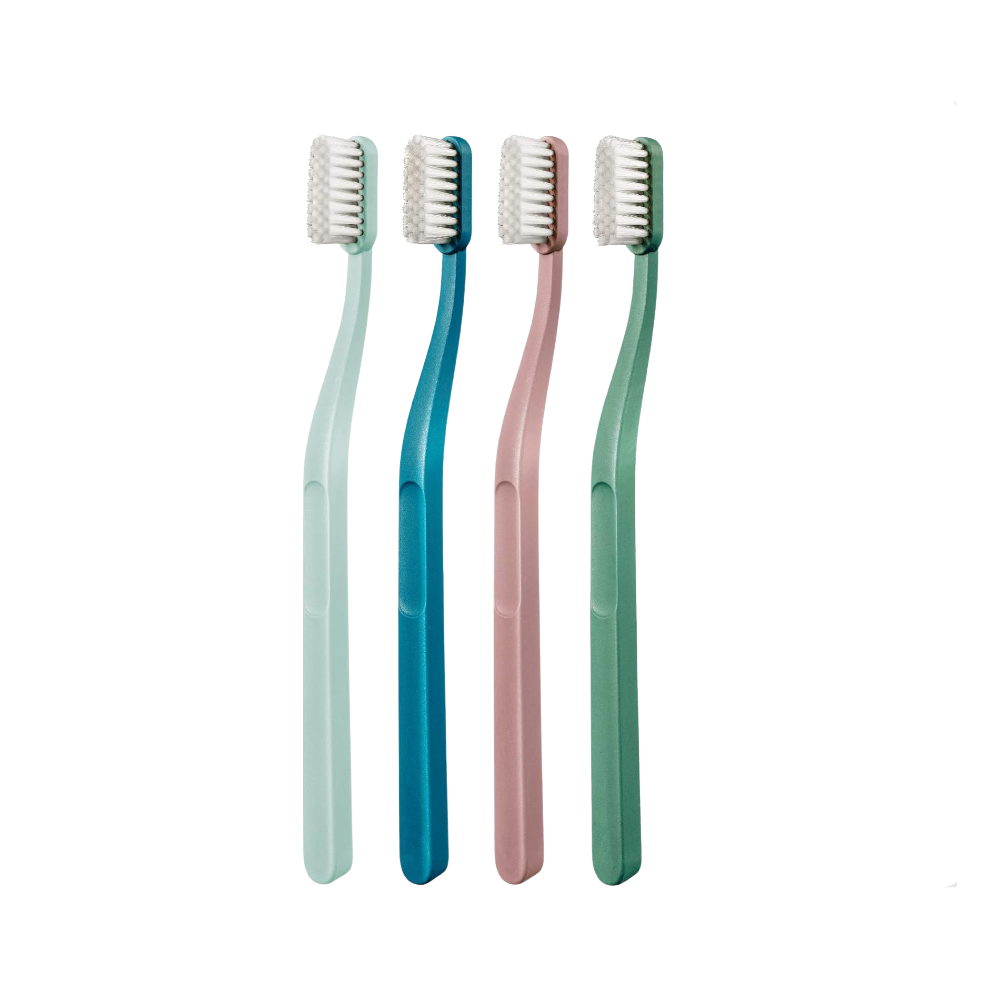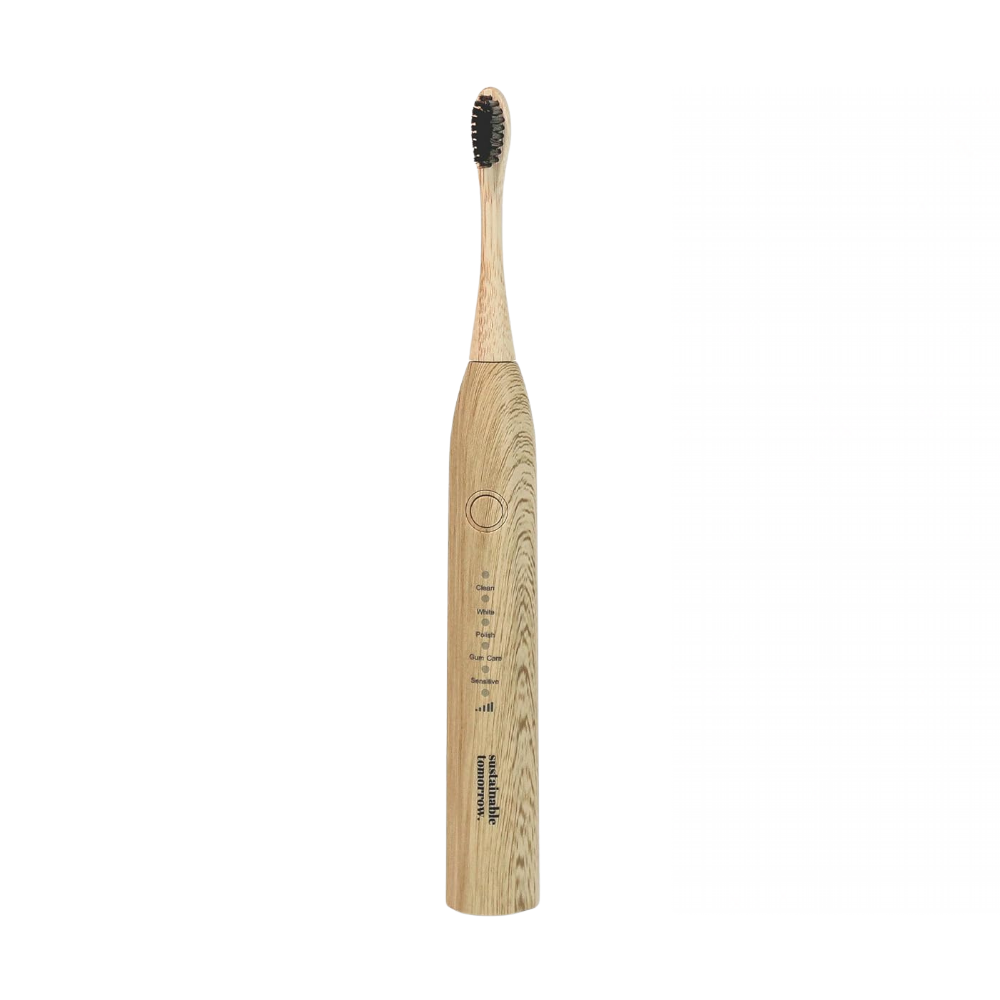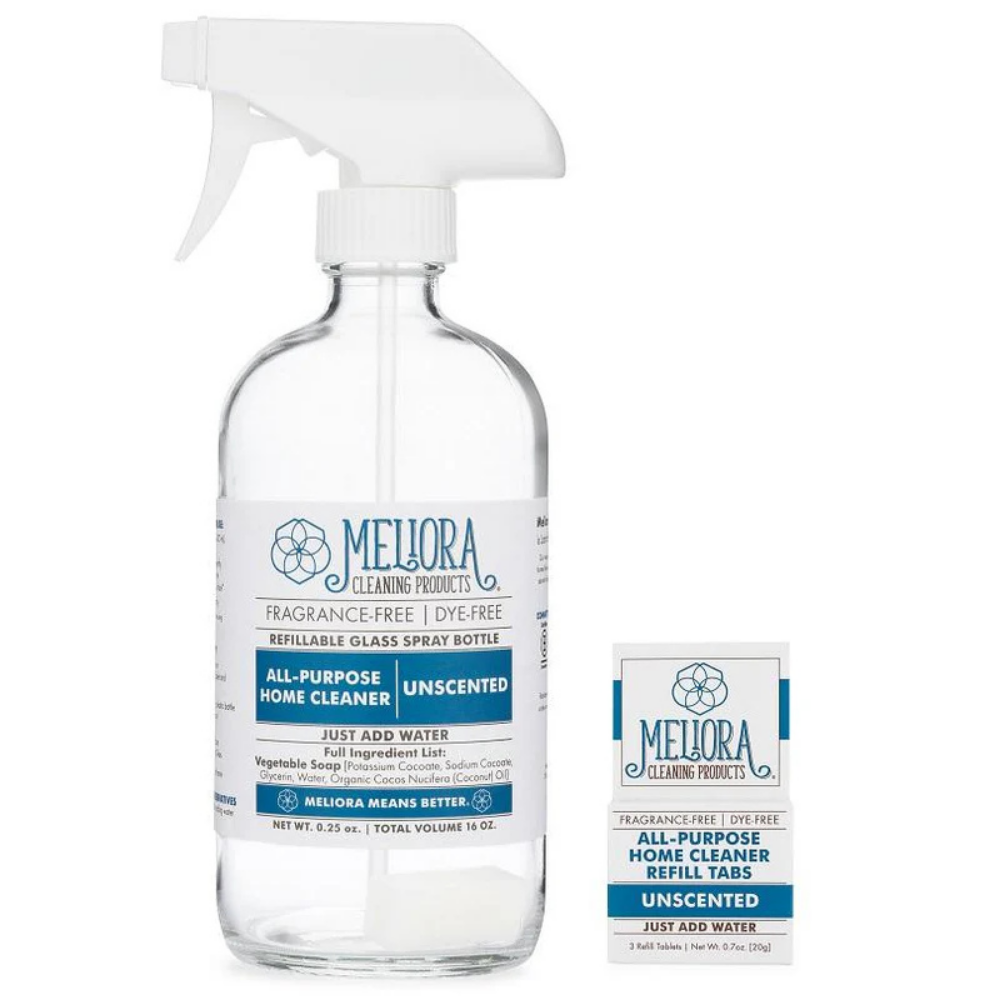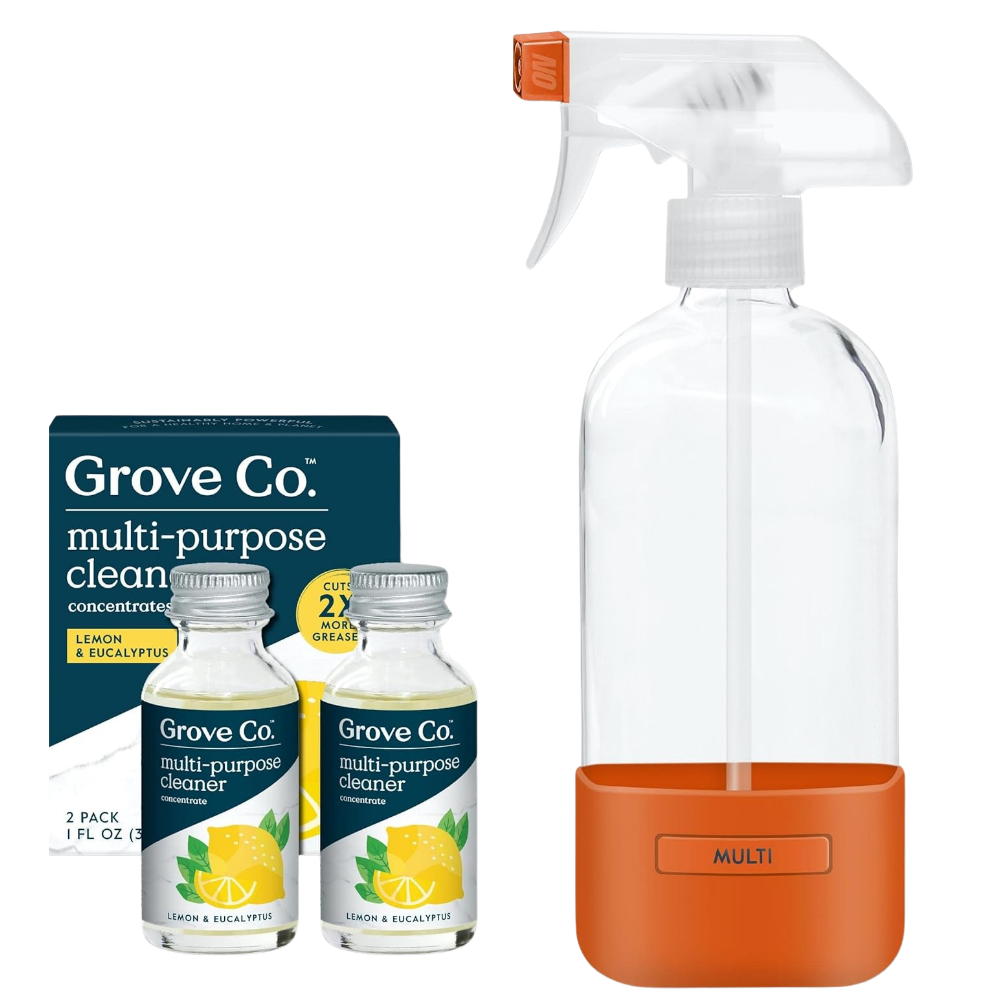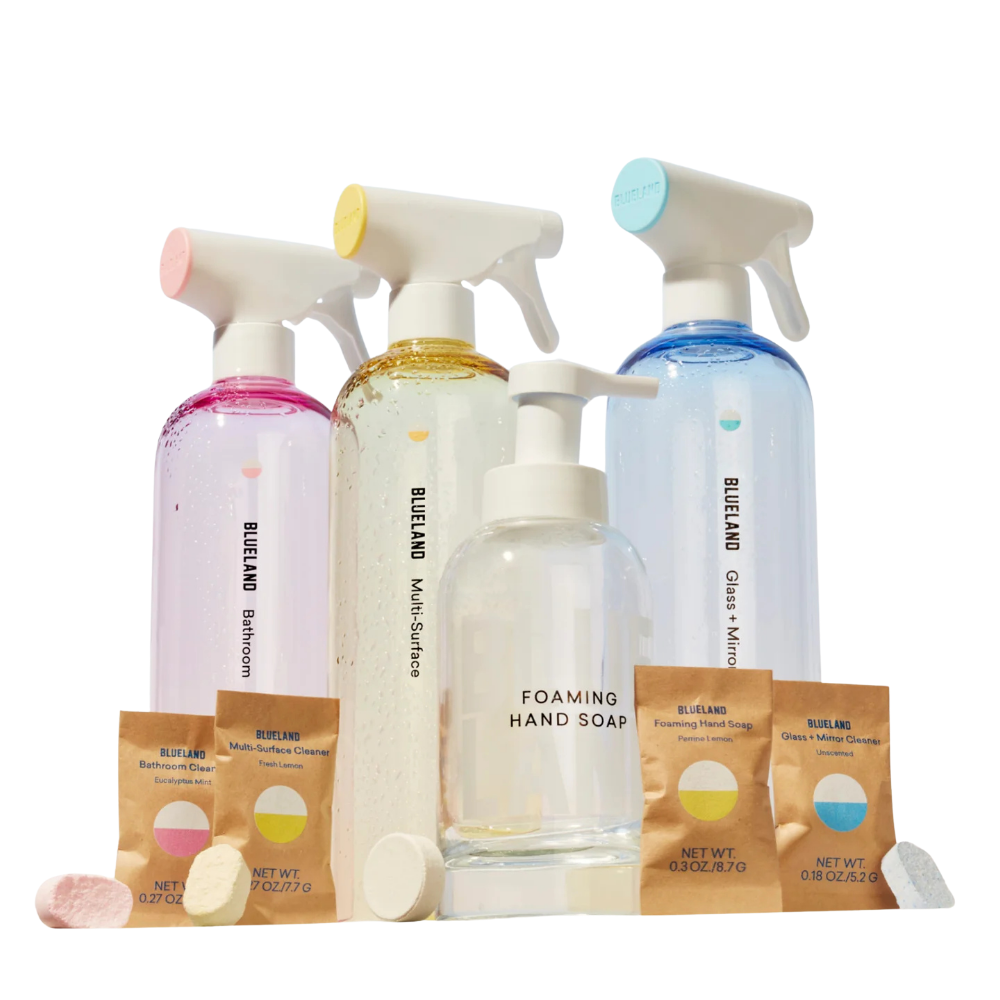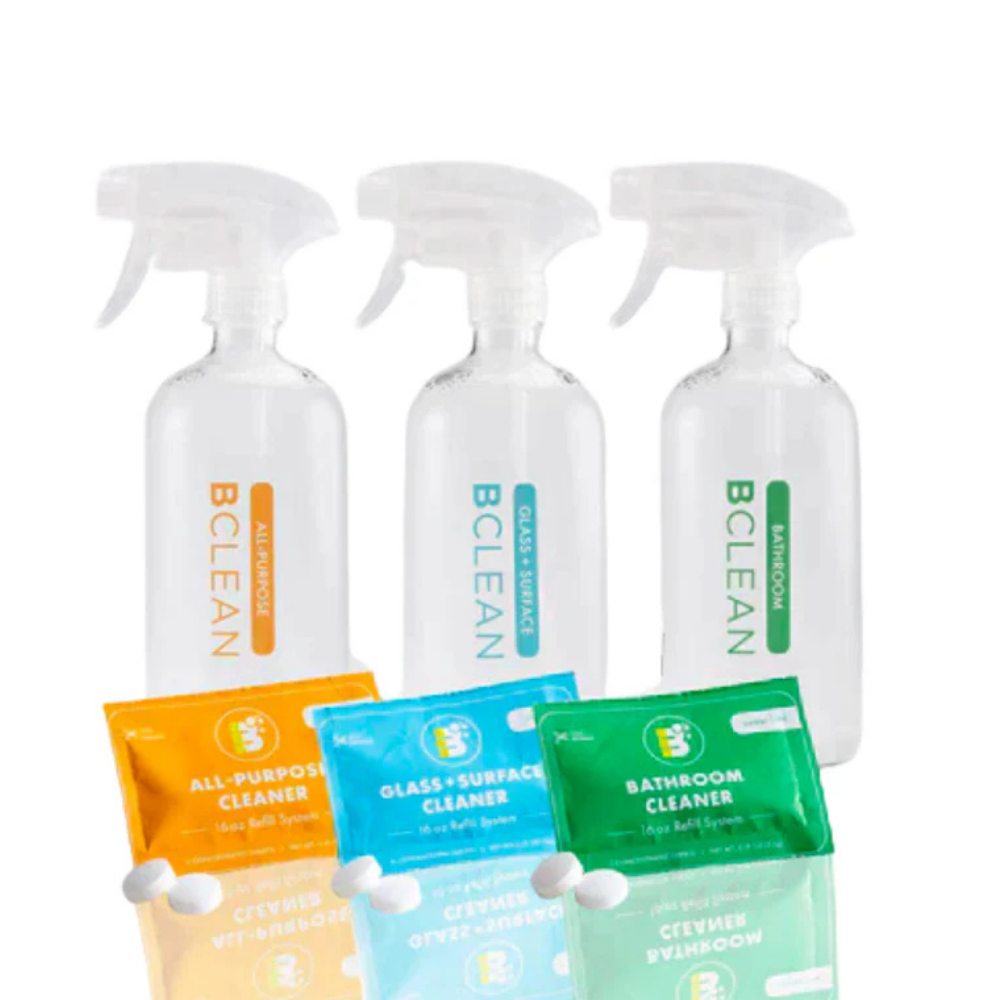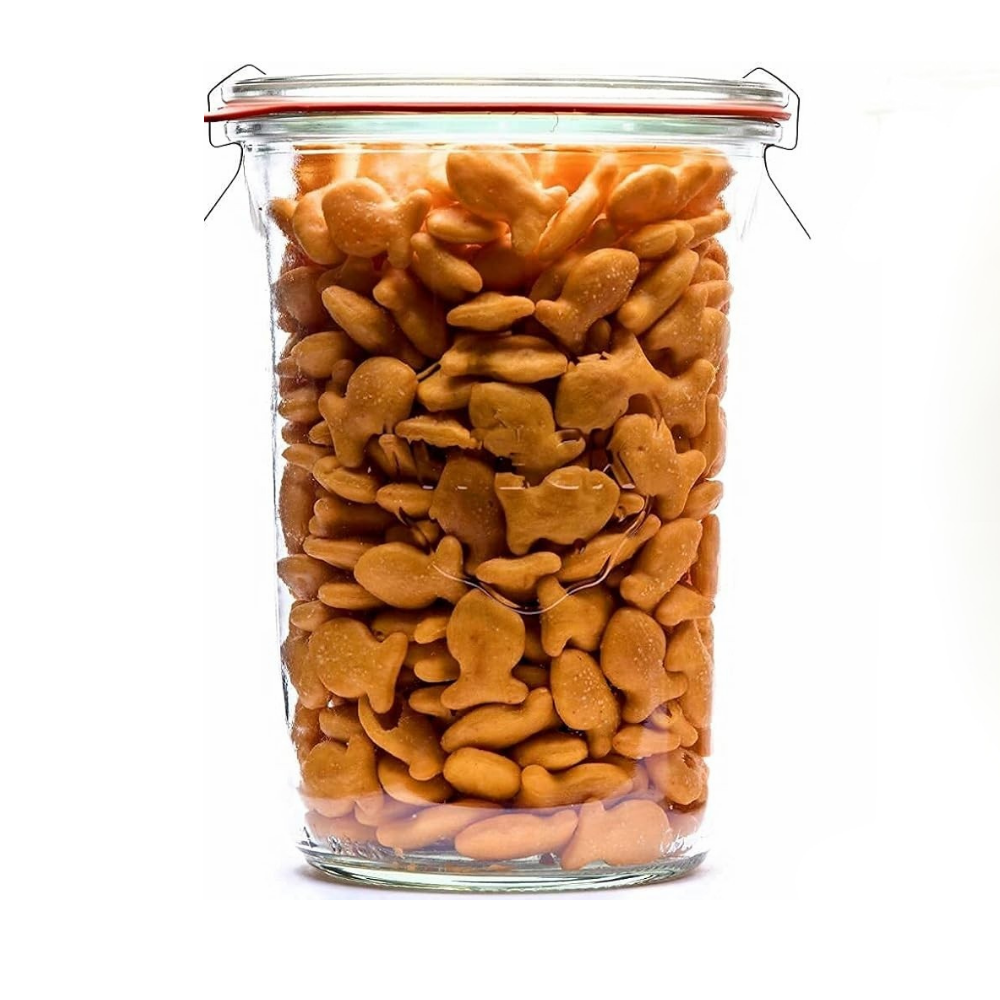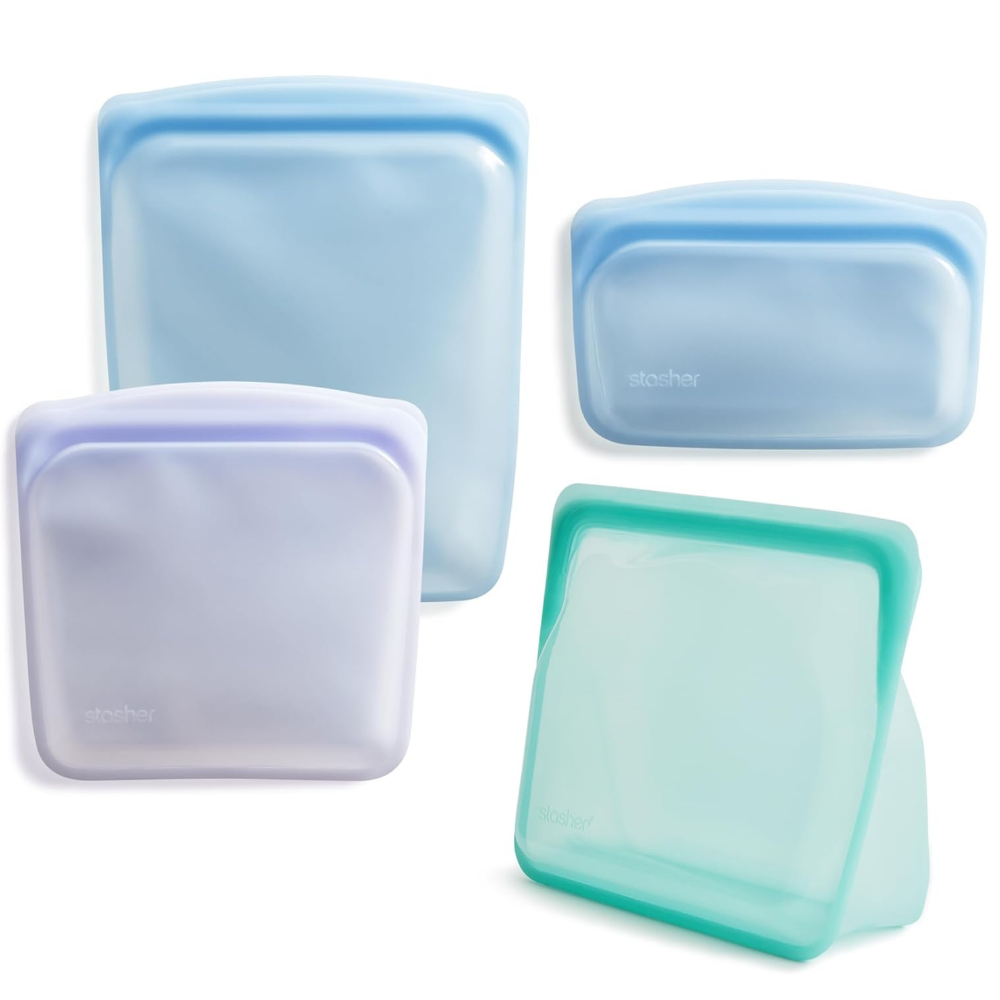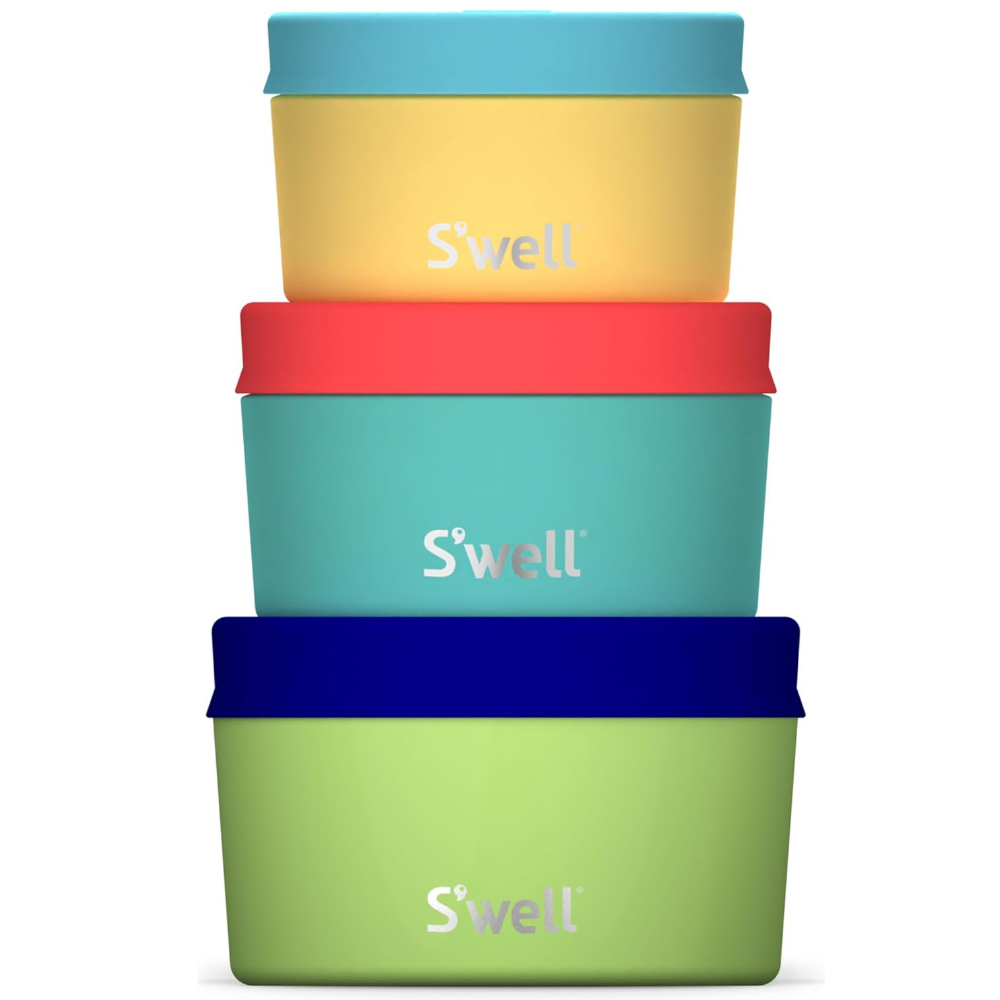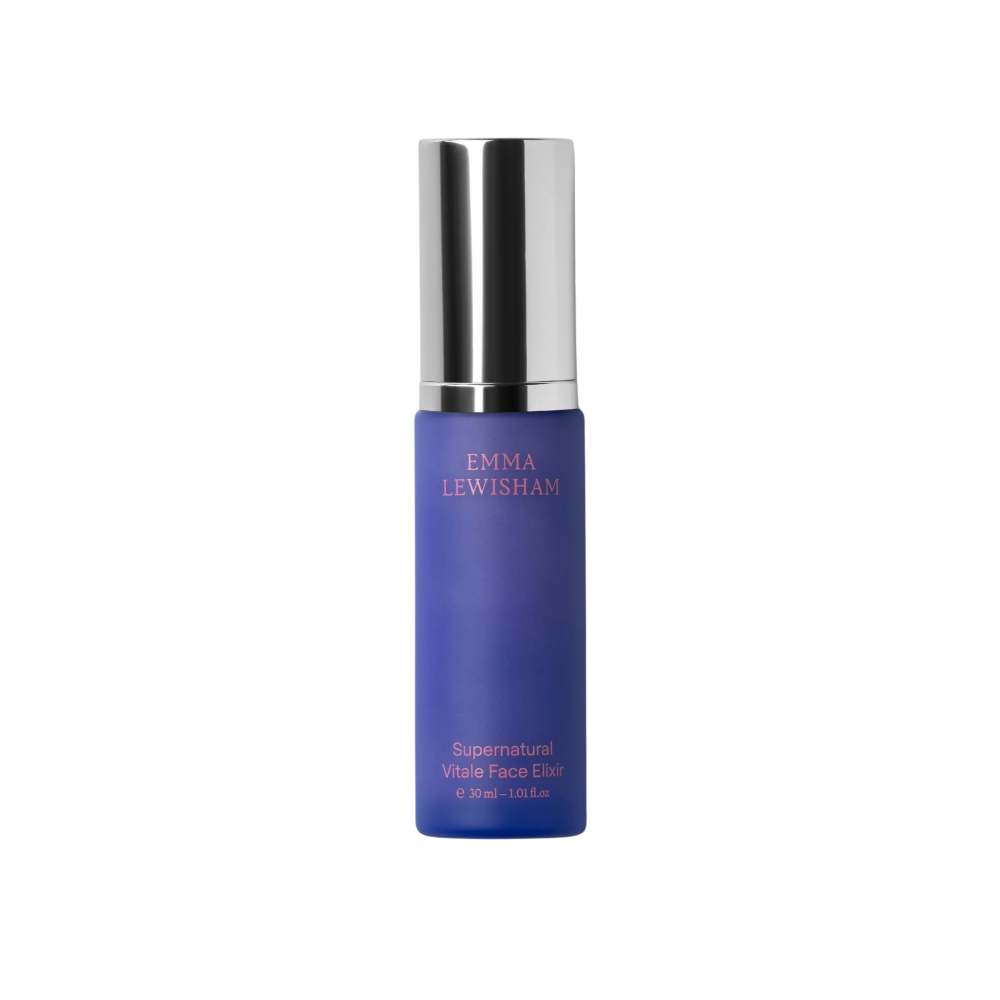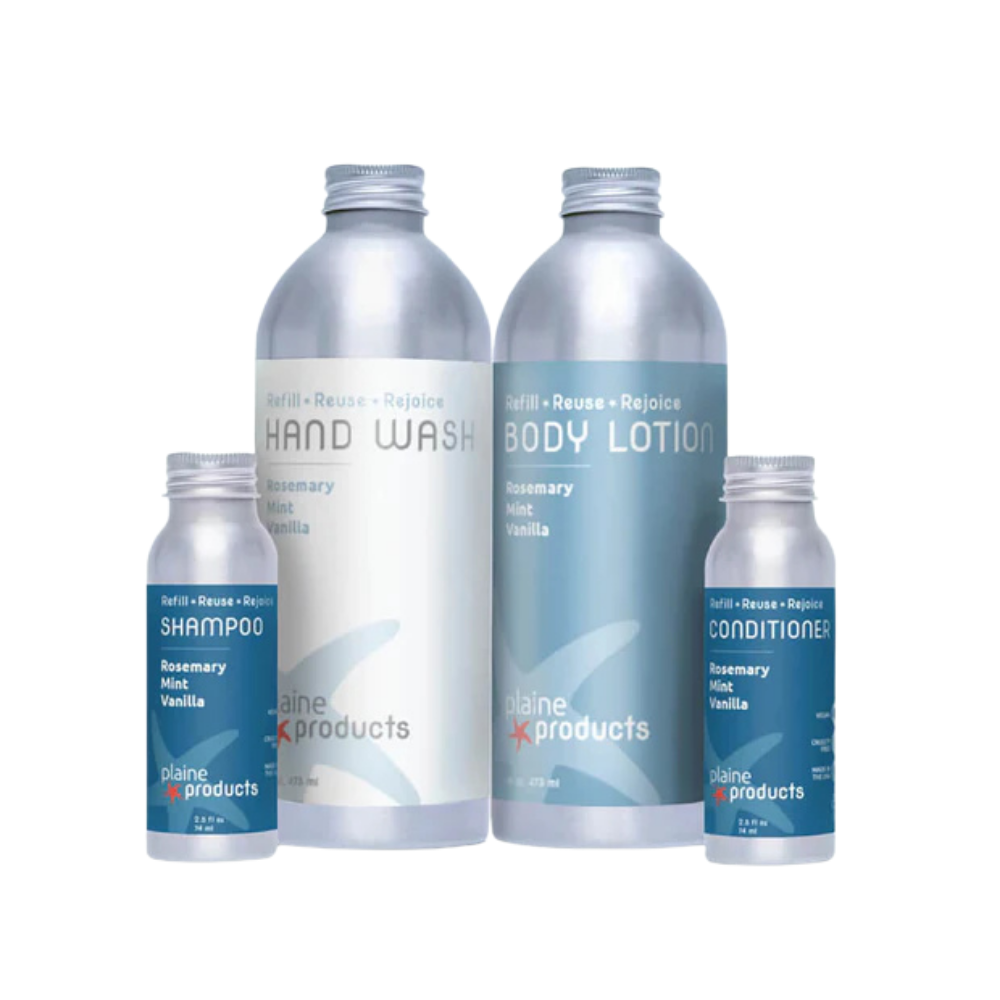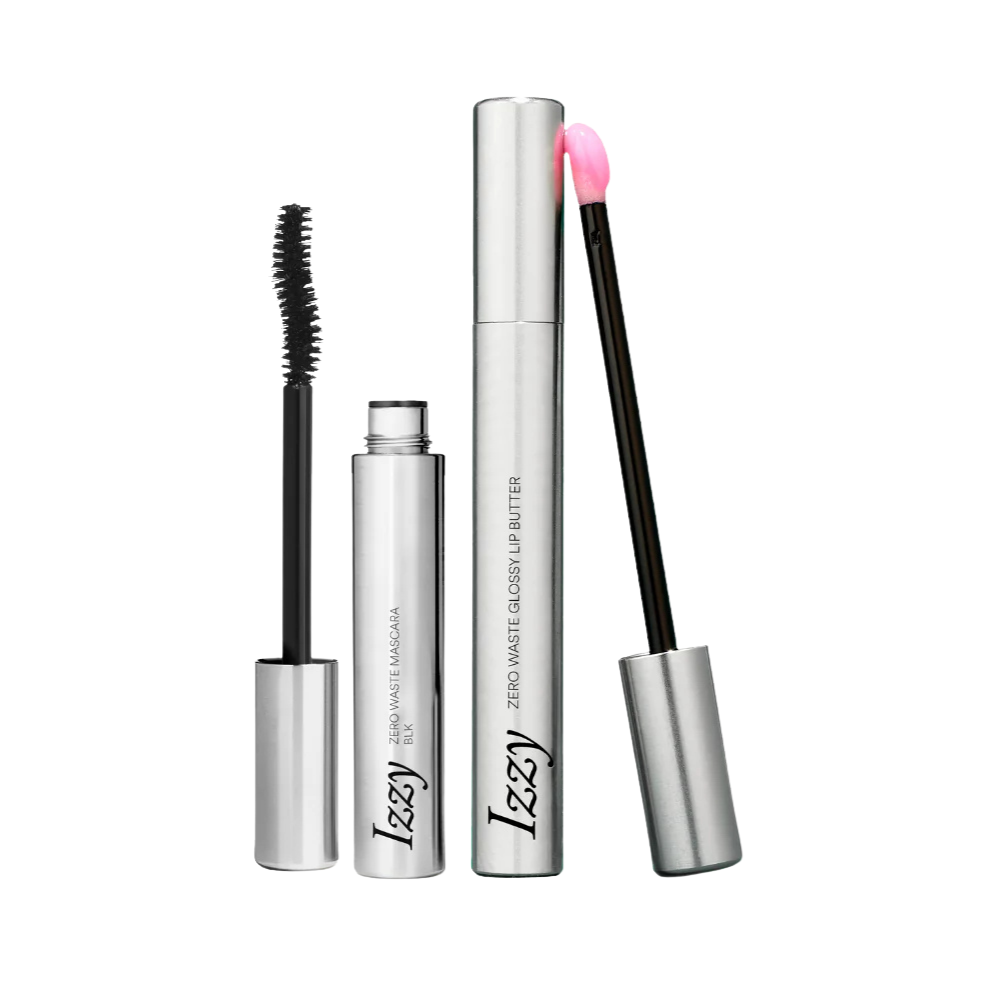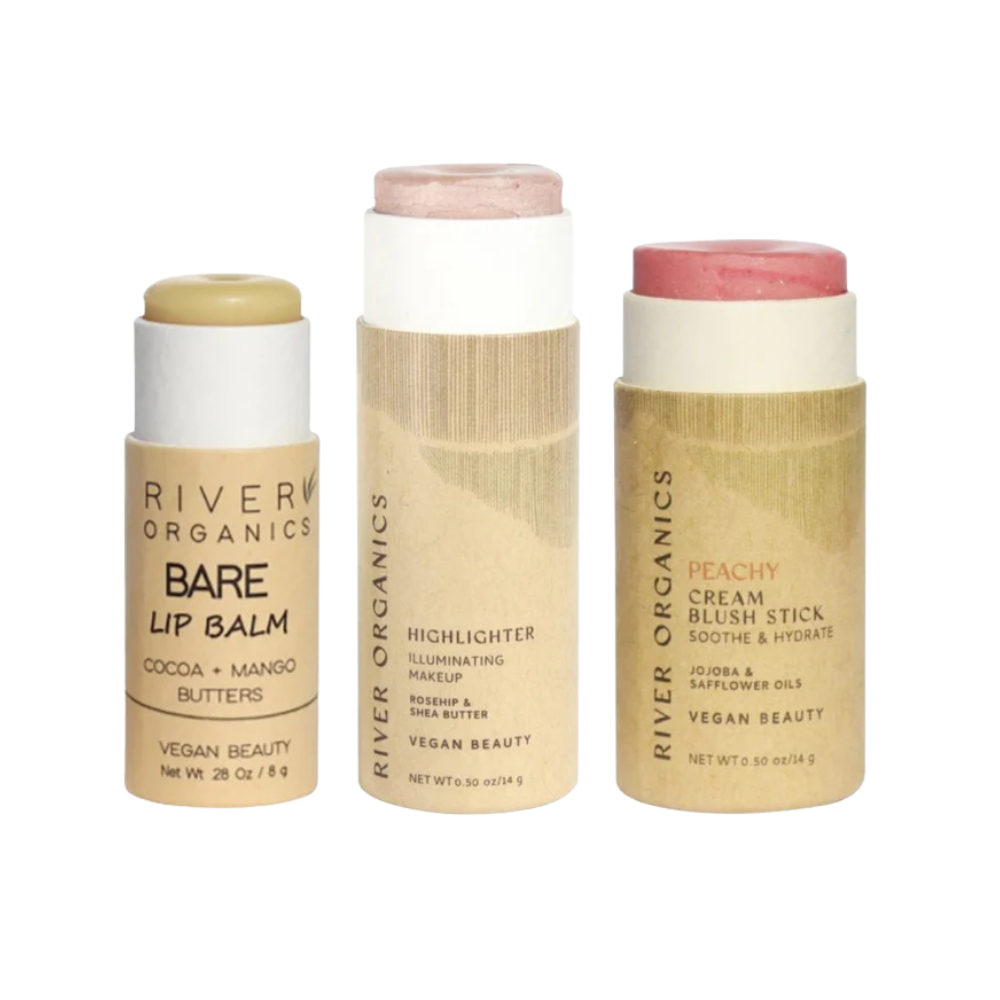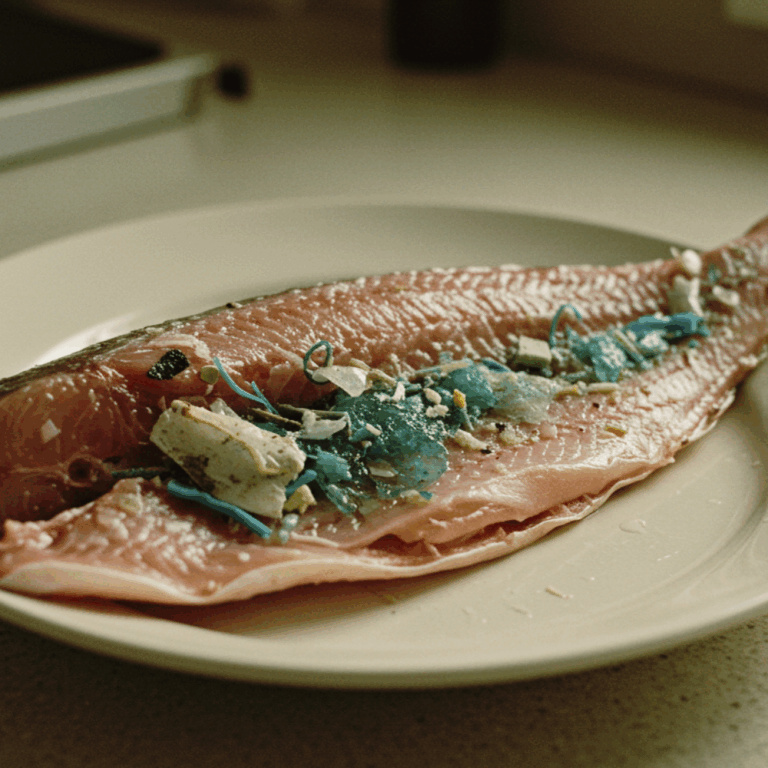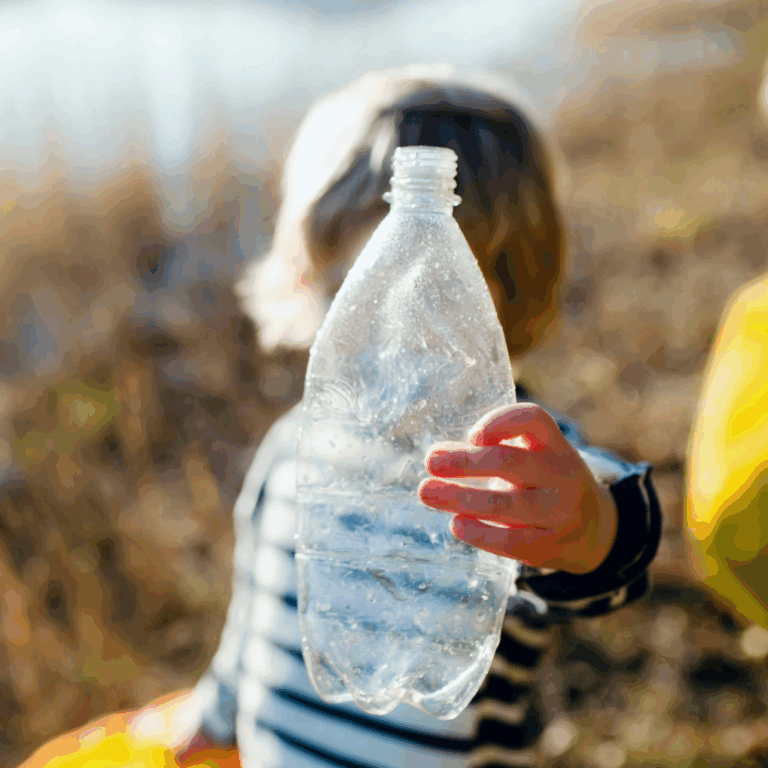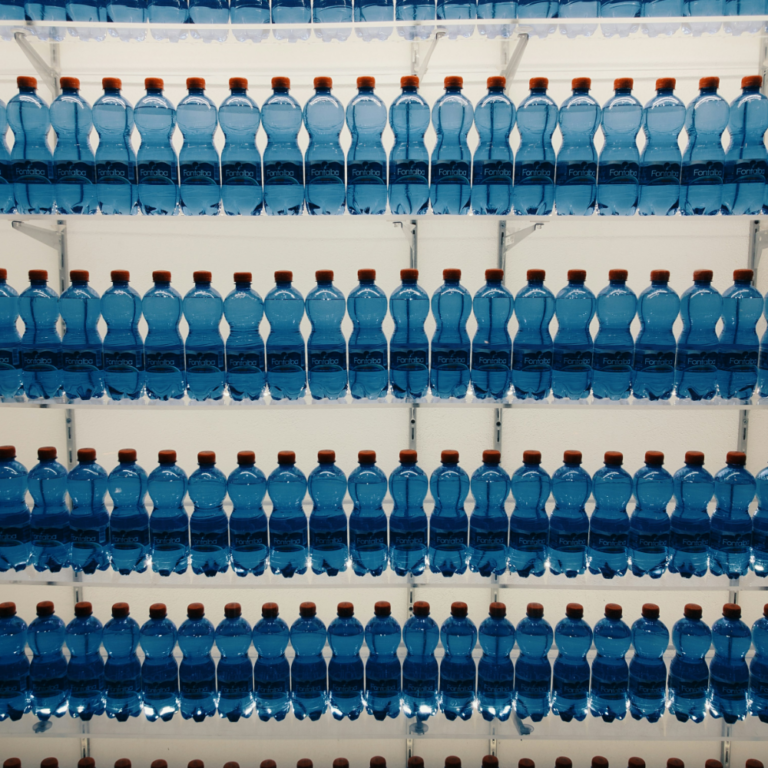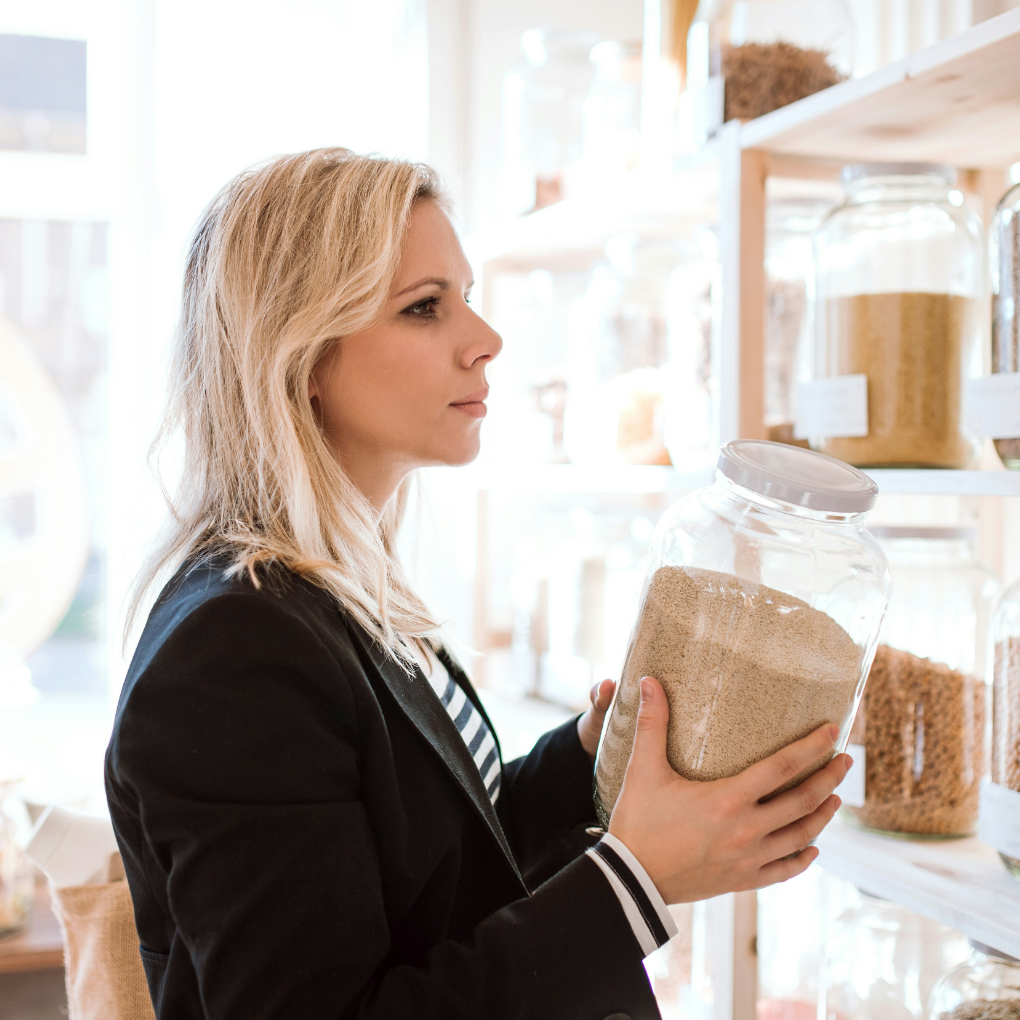
Key Takeaways
- Zero waste is a lifestyle that minimizes trash by reducing, reusing, and recycling smarter.
- Starting small—like refusing single-use plastics—can make the transition more practical and lasting.
- Adopting a zero-waste mindset supports healthier ecosystems and reduces microplastic pollution.
Every year, the average American throws away over 1,700 pounds of trash. Most of it ends up in landfills, oceans, or incinerators, and much of it could be avoided.
You don’t have to go to extremes to make a difference. Zero waste works best when it’s about small, mindful changes that build over time.
In this guide, you’ll find 101 practical, doable ways to be zero waste. From quick kitchen swaps to creative reuse ideas, these tips will help you start reducing waste today, whether you are a total beginner or ready to take your sustainable lifestyle to the next level.
And if you’re looking for the easiest place to start, don’t miss our list of favorite low-cost, beginner-friendly swaps below — they’re simple, affordable, and can make a significant impact right away.
What Does “Zero Waste” Mean?
Zero waste is a lifestyle and design approach that aims to keep as much as possible out of landfills, incinerators, and the environment. The goal is to design systems where resources are reused, repaired, recycled, or composted instead of thrown away.
The concept grew from the environmental movement of the 1970s and gained momentum in the 2000s as people began to realize that recycling alone wasn’t enough. The modern zero waste movement is based on five key principles: Refuse, Reduce, Reuse, Recycle, and Rot (compost).
In practice, this might look like:
- Choosing loose produce instead of pre-packaged.
- Repairing clothing instead of buying new.
- Composting food scraps at home or through a community program.
- Buying in bulk with your own containers.
It’s important to note that zero waste isn’t about producing zero trash. Instead, it’s about making smarter choices so that what we buy and use can keep circulating, rather than ending up as waste.
Learn more: The Zero Waste International Alliance defines zero waste as “the conservation of all resources by means of responsible production, consumption, reuse, and recovery.”
Why Go Zero Waste?
The average American throws away about 4.9 pounds of trash every single day. Over a year, that’s nearly 1,800 pounds per person, and most of it ends up in landfills or incinerators, releasing harmful greenhouse gases and leaching toxins into soil and water.
Choosing a zero waste lifestyle can help change that. Here’s how it makes a difference:
- Protect the environment by keeping plastics and chemicals out of oceans, rivers, and wildlife habitats. Every minute, the equivalent of one garbage truck of plastic enters the ocean. By cutting your waste, you help stop that flow.
- Save money by reusing, repairing, and buying less. For example, a $20 reusable water bottle can replace hundreds of single-use bottles each year.
- Improve your health by avoiding single-use plastics, which can leach chemicals and shed microplastics into food and drink.
- Support ethical businesses that design long-lasting products, use sustainable materials, and pay fair wages.
- Fight climate change — the U.S. Environmental Protection Agency (EPA) reports that reducing waste also lowers greenhouse gas emissions by cutting demand for resource extraction, manufacturing, and transportation.
Zero waste is about more than just trash. It’s a way to align daily choices with your values, protect the planet, and build a healthier future for yourself and generations to come.
101 Great Ways to Be Zero Waste
Below, we’ve broken the tips into categories so you can start where it makes sense for your life.
🍳Zero Waste in the Kitchen
- Use glass or stainless steel food containers instead of plastic.
- Switch to beeswax wraps for covering food.
- Compost food scraps at home or through a local program.
- Buy dry goods in bulk with your own jars or cloth bags.
- Freeze leftovers in reusable silicone bags.
- Choose loose produce over packaged.
- Make broth from veggie scraps.
- Replace paper towels with washable cloths.
- Use cloth napkins daily.
- Bake bread to avoid plastic bags.
- Store herbs in jars of water to keep them fresh.
- Use a French press or pour-over coffee maker instead of pods.
- Refill spices from bulk bins.
- Use bar dish soap and a compostable brush.
- Freeze fruit before it spoils for smoothies.
🧼Zero Waste Cleaning & Laundry
- Make all-purpose cleaner with vinegar, water, and citrus peels.
- Use wool dryer balls instead of dryer sheets.
- Switch to concentrated laundry detergent strips.
- Wash clothes in cold water.
- Skip fabric softener and use vinegar instead.
- Mend clothes rather than tossing them.
- Use a reusable lint remover.
- Switch to compostable sponges or natural scrubbers.
🛒Zero Waste Shopping Habits
- Bring your own shopping bags.
- Use mesh produce bags.
- Shop secondhand first.
- Support farmers markets.
- Buy in bulk to cut packaging.
- Choose natural fibers over synthetics.
- Avoid impulse buys with a 24-hour rule.
🛁Zero Waste Bathroom
- Switch to a bamboo toothbrush.
- Try toothpaste tablets in a glass jar.
- Use bar soap instead of liquid in plastic bottles.
- Try a safety razor with replaceable blades.
- Use washable cotton rounds for skincare.
- Choose plastic-free deodorant in paper tubes.
- Switch to shampoo and conditioner bars.
- Choose menstrual cups or reusable pads.
- Buy toilet paper wrapped in paper.
- Install a bidet to reduce toilet paper use.
🍱Zero Waste at Work & On the Go
- Bring your own coffee cup.
- Pack snacks in reusable containers.
- Carry a stainless steel water bottle.
- Bring your own utensils in a pouch.
- Keep a tote in your bag or car.
- Use bento boxes for lunches.
- Keep a cloth napkin in your bag.
🎁Zero Waste Gifting
- Gift experiences instead of stuff.
- Wrap gifts in fabric (furoshiki).
- Make homemade candles or jam.
- Reuse glass jars for baked goods.
- Gift plants in terracotta pots.
🎨Zero Waste Creativity & DIY
- Upcycle glass jars into storage.
- Repurpose old t-shirts into totes.
- Turn wine corks into coasters.
- Make rags from old linens.
- Refill pens instead of replacing.
- Make DIY scrubs from sugar or coffee grounds.
✈️Zero Waste Travel
- Bring travel cutlery and a straw.
- Stay at places with refill stations.
- Pack solid toiletries.
- Refill your water bottle at airports.
- Choose public transport when possible.
🥦Zero Waste Food Choices
- Eat more plant-based meals.
- Buy “imperfect” produce.
- Support a local CSA.
- Freeze or can seasonal produce.
- Grow your own herbs.
🏡Zero Waste Home & Lifestyle
- Switch to LED bulbs.
- Line dry clothes.
- Collect rainwater for plants.
- Compost yard waste.
- Repair rather than replace.
- Use simmer pots for air freshening.
- Buy reclaimed wood furniture.
🐾Zero Waste for Pets
- Make homemade dog treats.
- Use compostable waste bags.
- Buy bulk pet food in reusable containers.
- Repurpose blankets for bedding.
🌍Zero Waste Education & Community
- Host a clothing swap.
- Join a Buy Nothing group.
- Share tools with neighbors.
- Volunteer for clean-ups.
- Teach kids to compost.
🔧Advanced Zero Waste Habits
- Repair electronics.
- Install a water filter to skip bottled water.
- Choose renewable energy.
- Invest in long-lasting goods.
- Refuse freebies you don’t need.
🧠Everyday Mindset Shifts
- Think before you buy.
- Ask for digital receipts.
- Cancel junk mail.
- Borrow books from the library.
- Plan meals to reduce waste.
- Keep a reuse bin for crafts.
- Batch errands to save fuel.
- Support sustainable businesses.
- Say no to single-use plastics.
- Choose quality over quantity.
- Celebrate small wins.
- Share your progress to inspire others.
💡Tips for Success
Before You Start
- Audit your trash — find your biggest waste sources.
- Use what you already own before buying new “eco” items.
- Know your why — it keeps you motivated.
- Join a community — local or online zero waste groups.
- Celebrate milestones — every change counts.
Is Zero Waste Expensive?
Not necessarily. While some zero-waste swaps (like stainless steel containers or safety razors) may cost more upfront, they often last for years and save you money in the long run. For example, a $20 reusable water bottle can replace hundreds of single-use bottles each year, and a $30 safety razor can last a lifetime with inexpensive blade replacements.
Many zero-waste habits cost nothing or even save money because they focus on reusing what you already have, repairing instead of replacing, cooking at home instead of ordering takeout, and buying in bulk to reduce packaging waste. Over time, these small changes add up to significant savings.
Budget-Friendly Zero Waste Swaps for Beginners
Getting started with a zero-waste lifestyle doesn’t have to mean spending a fortune or making complicated changes. Many of the most impactful swaps are inexpensive, easy to find, and can save you money over time. The key is to replace single-use items with durable, reusable alternatives you’ll enjoy using.
Below, you’ll find some beginner-friendly swaps along with suggested products that make it simple to cut waste without sacrificing convenience.
1. Ditch Disposable Water Bottles
Why It’s a Big Deal: Around the world, we purchase over a million plastic water bottles every minute. Many of these end up in landfills, incinerators, or pollute waterways. Over time, they break apart into microplastics that make their way into our food, water, and even the air we breathe.
A Better Option: Invest in a high-quality reusable bottle made from stainless steel or glass. Pick one that’s easy to clean, fits comfortably in your bag or cup holder, and suits your daily routine — some even come with built-in filters. A single reusable bottle can replace hundreds of disposable ones each year while cutting down on waste and saving you money.
2. Shampoo and Soap Bottles
Why It’s a Problem: In the U.S. alone, we throw away more than a billion plastic shampoo bottles every year. Most never get recycled, residue, mixed materials, and colored plastics make them difficult to process.
A Simple Swap: Try solid shampoo and soap bars or shop at refill stations in zero waste or bulk stores. Choose options with plastic-free packaging, like bars wrapped in recyclable paper or compostable materials. They’re travel-friendly, take up less space in your bathroom, and often last longer than their liquid counterparts.
3. Replace Plastic Food Storage Containers
Why It’s a Problem: Plastic containers can warp, crack, and release microplastics into your food — especially when microwaved or exposed to high heat. Most curbside recycling programs don’t accept them, meaning they often end up in landfills.
A Better Choice: Switch to glass containers, stainless steel tins, or reusable silicone bags. They’re sturdier, safer for reheating, and won’t hold onto food odors or stains. A small, versatile set can last for years and eliminate the need for disposable plastic tubs.
4. Say No to Plastic Produce Bags
Why It’s a Problem: Those thin produce bags you grab at the grocery store are used for only a few minutes, yet they can linger in the environment for centuries, some estimates say up to 1,000 years. They’re a significant source of single-use plastic waste in our food system.
A Simple Swap: Bring your own lightweight cotton or mesh produce bags. They’re washable, breathable, and strong enough for everything from leafy greens to bulk mushrooms. Keep a few tucked inside your reusable shopping bag so you’re always prepared.
5. Plastic Wrap
Why It’s a Problem: Plastic wrap is used for just a few hours but can clog landfills and pollute waterways for decades. It’s not recyclable, and at recycling facilities, it often tangles in sorting machinery, causing costly shutdowns.
A Better Choice: Try beeswax wraps, reusable silicone lids, or fabric bowl covers. They’re washable, long-lasting, and allow certain foods to breathe, which can actually help them stay fresher.
6. Single-Use Utensils and Straws
Why It’s a Problem: In the U.S., we throw away more than 40 billion plastic forks, knives, and spoons every year. Because they’re so small and lightweight, most recycling facilities can’t process them, so they end up in landfills or as litter.
A Simple Swap: Carry a portable set of bamboo or stainless steel utensils along with a reusable straw. Keep them in your bag, lunchbox, or glove compartment so you’re always ready to skip the disposables when eating out or picking up takeout.
7. Plastic Toothbrushes
Why It’s a Problem: Every plastic toothbrush you’ve ever used is still sitting in a landfill, unless it was burned. In the U.S. alone, we toss out more than a billion toothbrushes each year, adding to the growing pile of non-biodegradable waste.
A Better Choice: Opt for a bamboo toothbrush, which you can compost after removing the bristles, or choose a reusable handle with replaceable heads. It’s a simple, low-effort swap that can make a big difference over time.
8. Single-Use Cleaning Bottles
Why It Matters: Most cleaning sprays are made with 90% water and shipped in single-use plastic. Multiply that by how often we clean, and the waste grows quickly.
Swap It For: Refillable cleaning tablets or concentrated refills. Just add water to your own bottle, shake, and clean—there will be no plastic waste and fewer carbon emissions from shipping.
9. Individually Packaged Pantry Items
Why It’s a Problem: From snack packs to mini spice jars to single-serve condiments, these tiny containers are convenient but come with a big plastic footprint. Most are too small to be recycled, so they end up in the trash.
A Better Choice: Buy in bulk whenever you can, bringing your own jars or cloth bags for grains, nuts, spices, and snacks. You’ll cut down on packaging waste and often save money in the process.
10. Plastic Packaging on Everyday Goods
Why It’s a Problem: Packaging makes up more than one-third of all plastic produced, and most of it is used only once. Even when it’s labeled “recyclable,” many local programs don’t accept it, meaning it still ends up in the landfill.
A Better Choice: Look for products packaged in cardboard, compostable film, or without packaging. Support brands that prioritize sustainable packaging and offer refills or plastic-free alternatives. Your purchases send a powerful message about what matters.
FAQs on Zero Waste
Zero waste is a lifestyle philosophy focused on sending as little trash to landfills and incinerators as possible. It’s not just about recycling—it’s about rethinking the entire cycle of how products are made, used, and disposed of. That means choosing reusable items, repairing instead of replacing, composting food scraps, and supporting businesses with sustainable packaging.
Living completely zero waste is tough in today’s world, since many systems are built around disposable products. Instead of aiming for perfection, think progress. Even reducing your household waste by 20–30% makes a noticeable impact, both for the planet and your wallet. The key is finding swaps that fit your lifestyle so the changes stick long term.
Zero waste reduces the demand for raw materials, lowers greenhouse gas emissions, and helps keep plastics and microplastics out of waterways and soil. It also supports a circular economy where resources are reused rather than constantly extracted. Every small change—like refusing a plastic bag or repairing old clothes—adds up when millions of people do it.
Yes! Many people assume eco-friendly living costs more, but zero waste often does the opposite. Cooking at home, buying in bulk, repairing instead of replacing, and cutting back on single-use items like paper towels or bottled drinks can lead to significant savings. Over a year, families often find they spend less while living more sustainably.
Final Thoughts on Easy Ways to Be Zero Waste
Living a zero-waste lifestyle isn’t about being perfect. It’s about making better choices, one step at a time. Whether you start with just one habit, like carrying a reusable water bottle, or take on bigger changes like composting and bulk shopping, every action counts.
The most important thing is to keep going. Celebrate your progress, share what you learn, and inspire others along the way. Together, our small, consistent efforts can create a significant, lasting impact for our communities, our planet, and future generations.
💚Found these tips helpful? Share this guide with a friend or pin it to your zero-waste board for later!
📚References
- Reuters. (2024, April 22). To get to zero-waste, hundreds of European cities are spurning incineration. Reuters. https://www.reuters.com/sustainability/climate-energy/get-zero-waste-hundreds-european-cities-are-spurning-incineration-2024-04-22/
- Time. (2018, March 27). How to live zero waste. Time. https://time.com/5218046/how-to-live-zero-waste/
- Wikipedia contributors. (2025, August 28). Zero waste. In Wikipedia. https://en.wikipedia.org/wiki/Zero_waste
